Day 28 - Walking the Nakasendō, Japan - Crossing the Mountains Towards Biwa Lake, from Kashiwabara to Samegai to Banba to Toriimoto
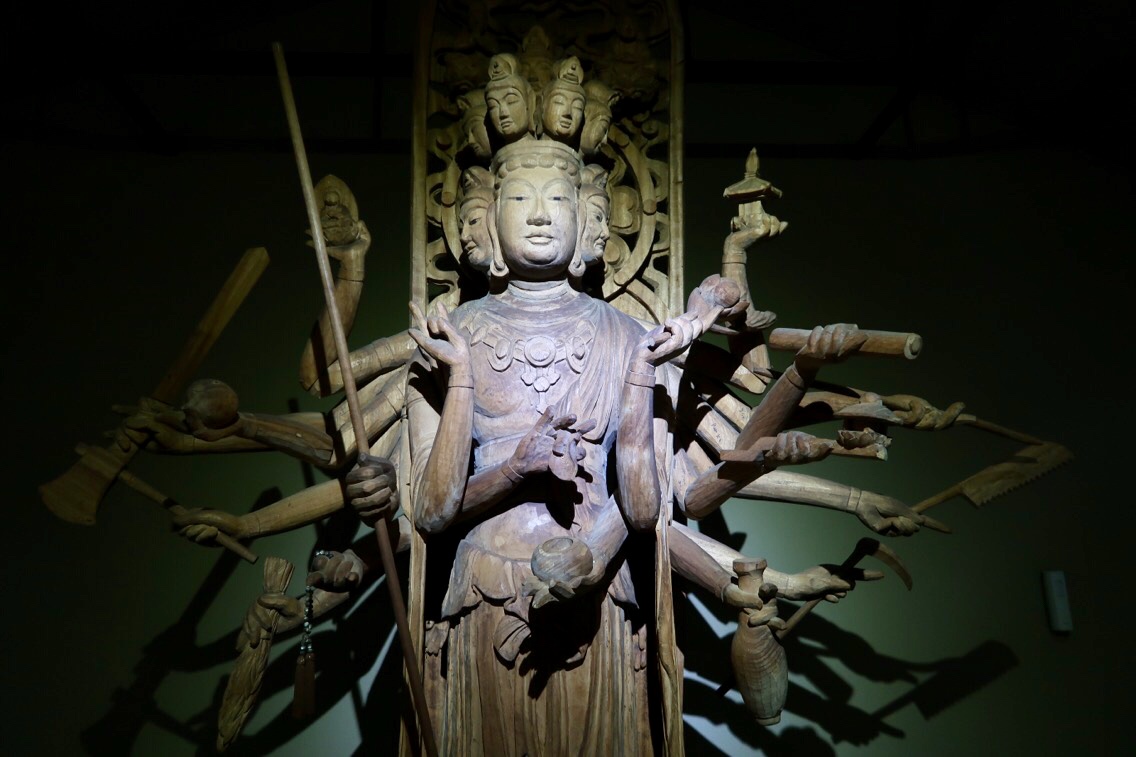
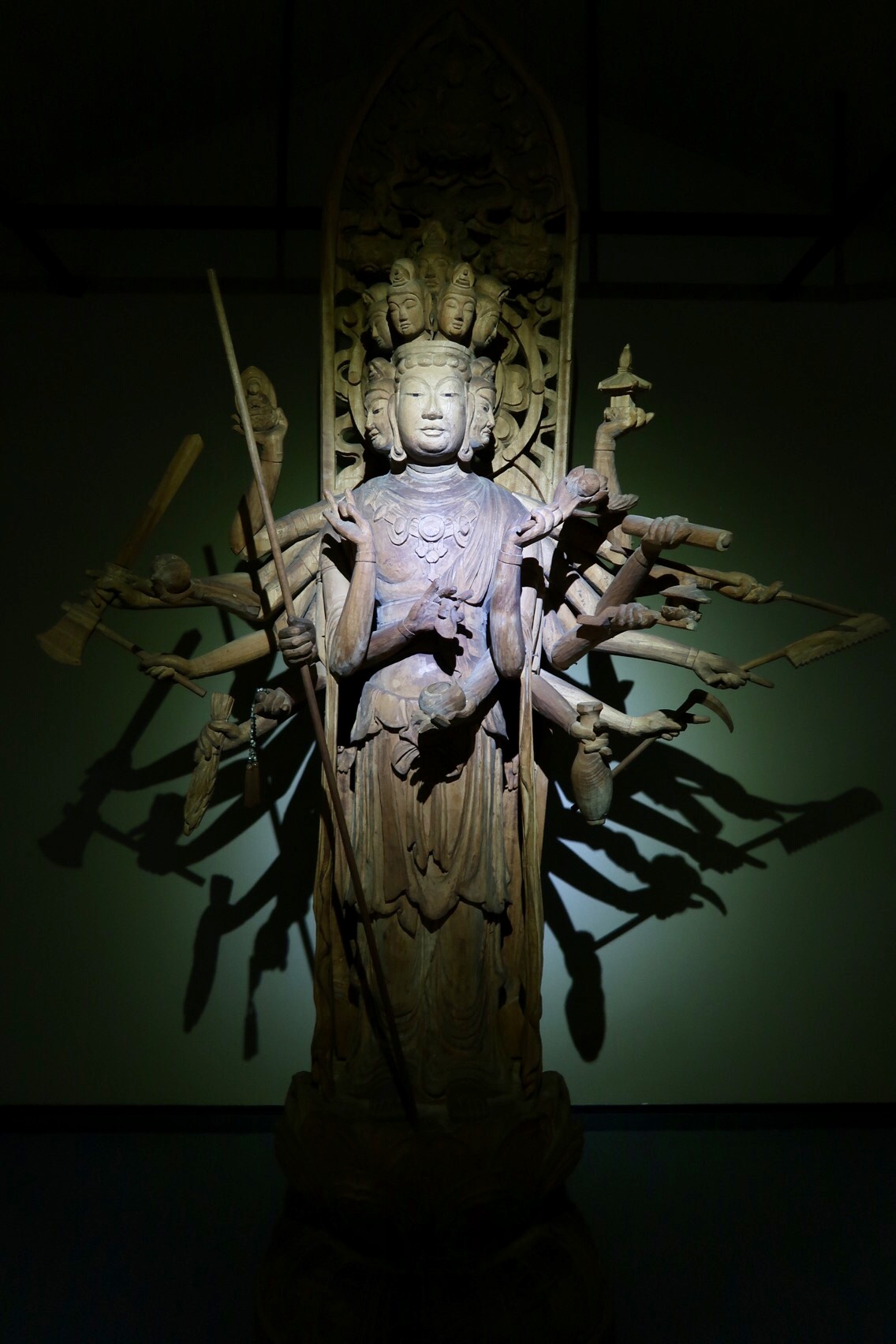
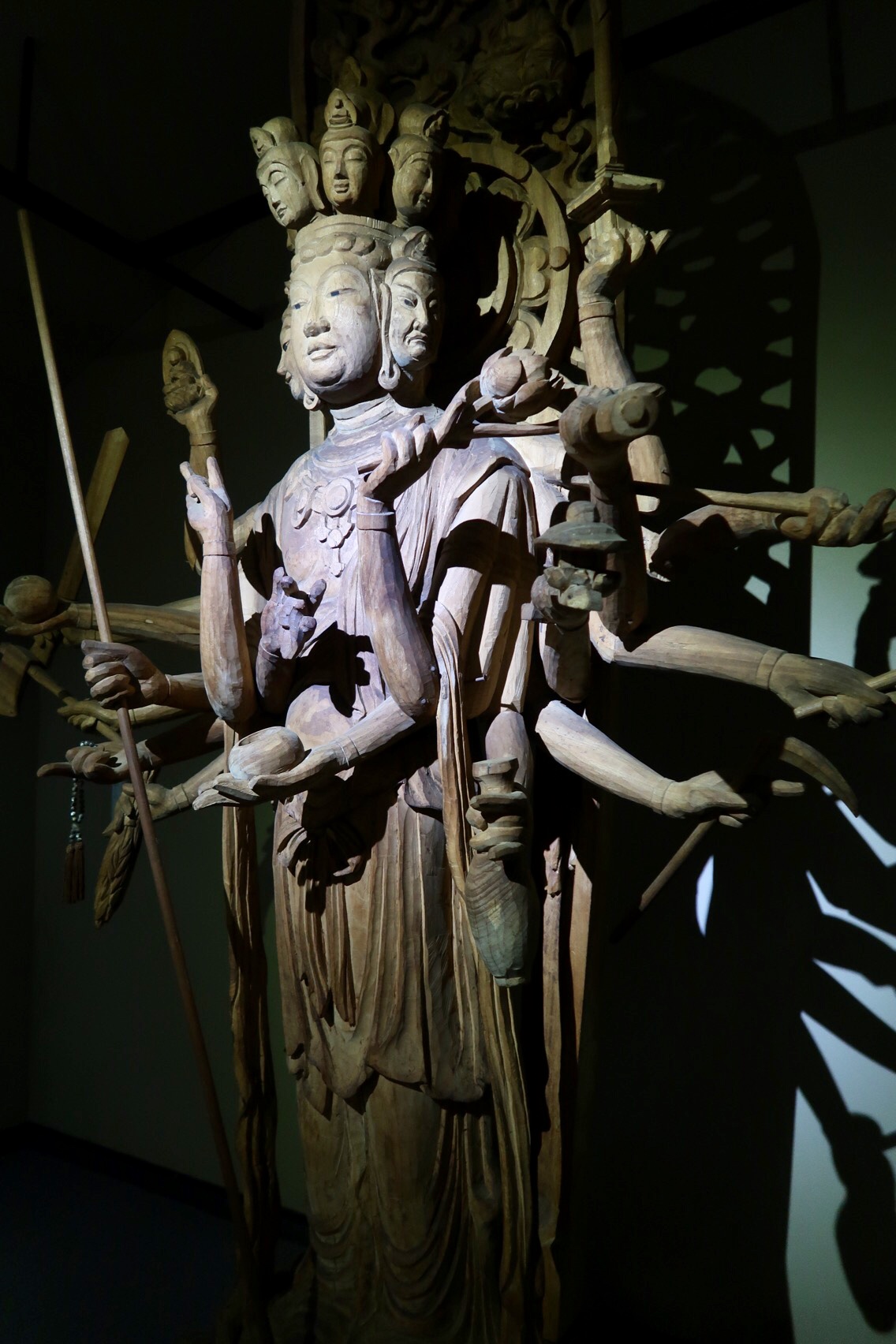
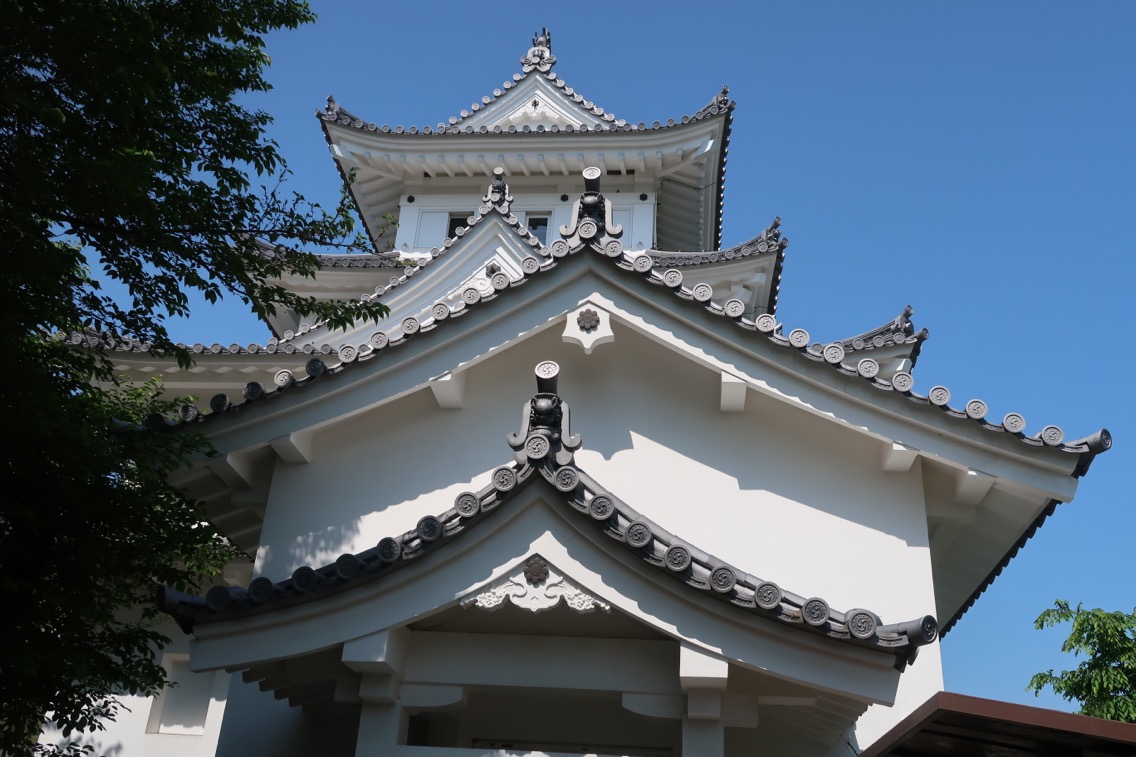
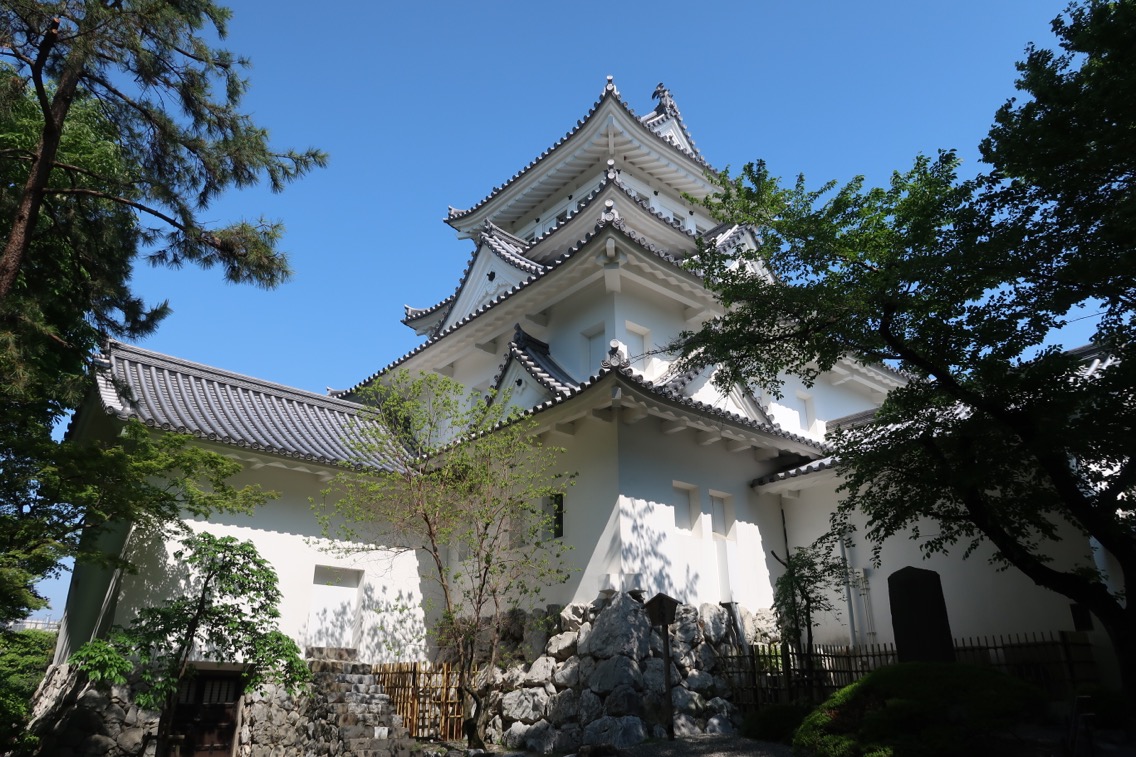
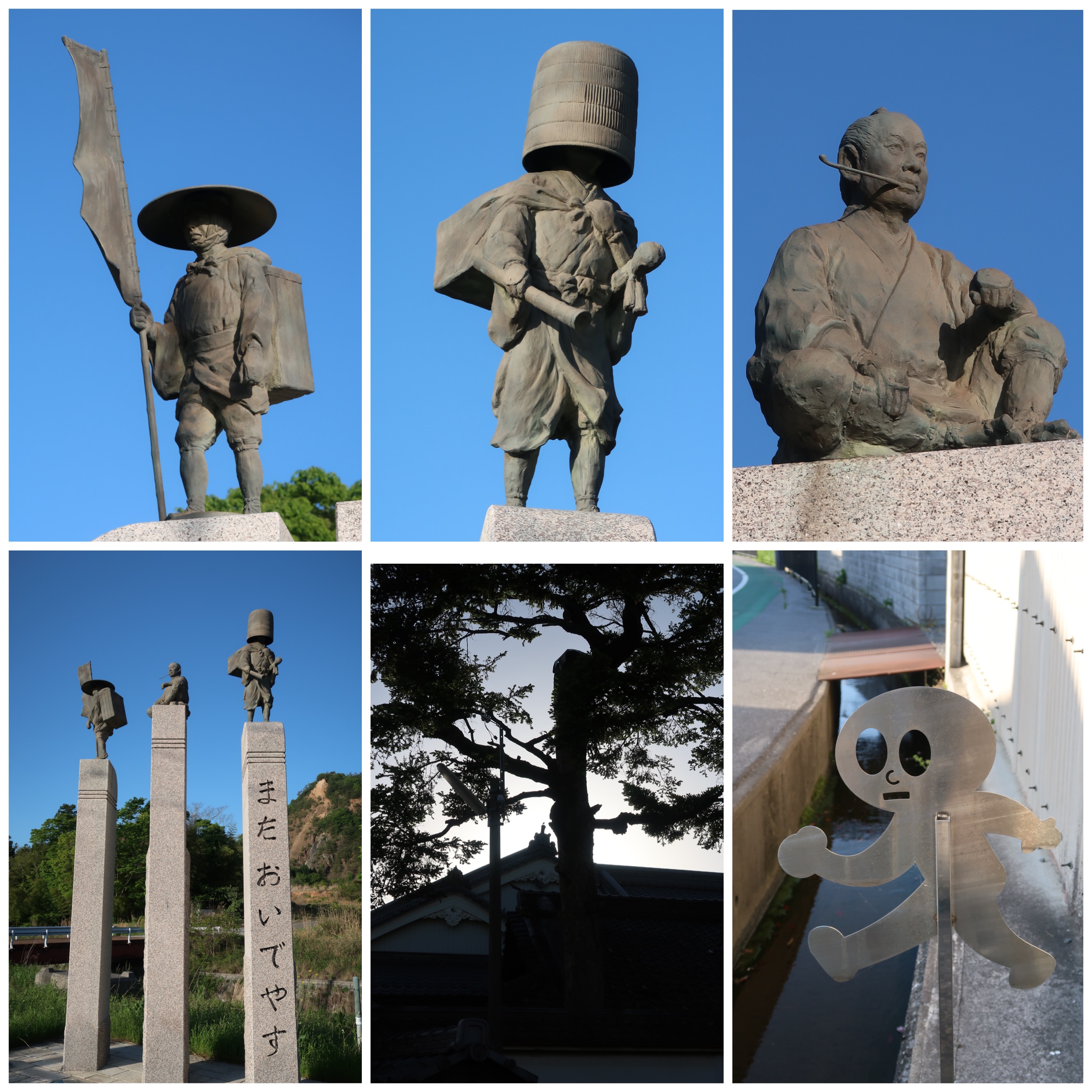
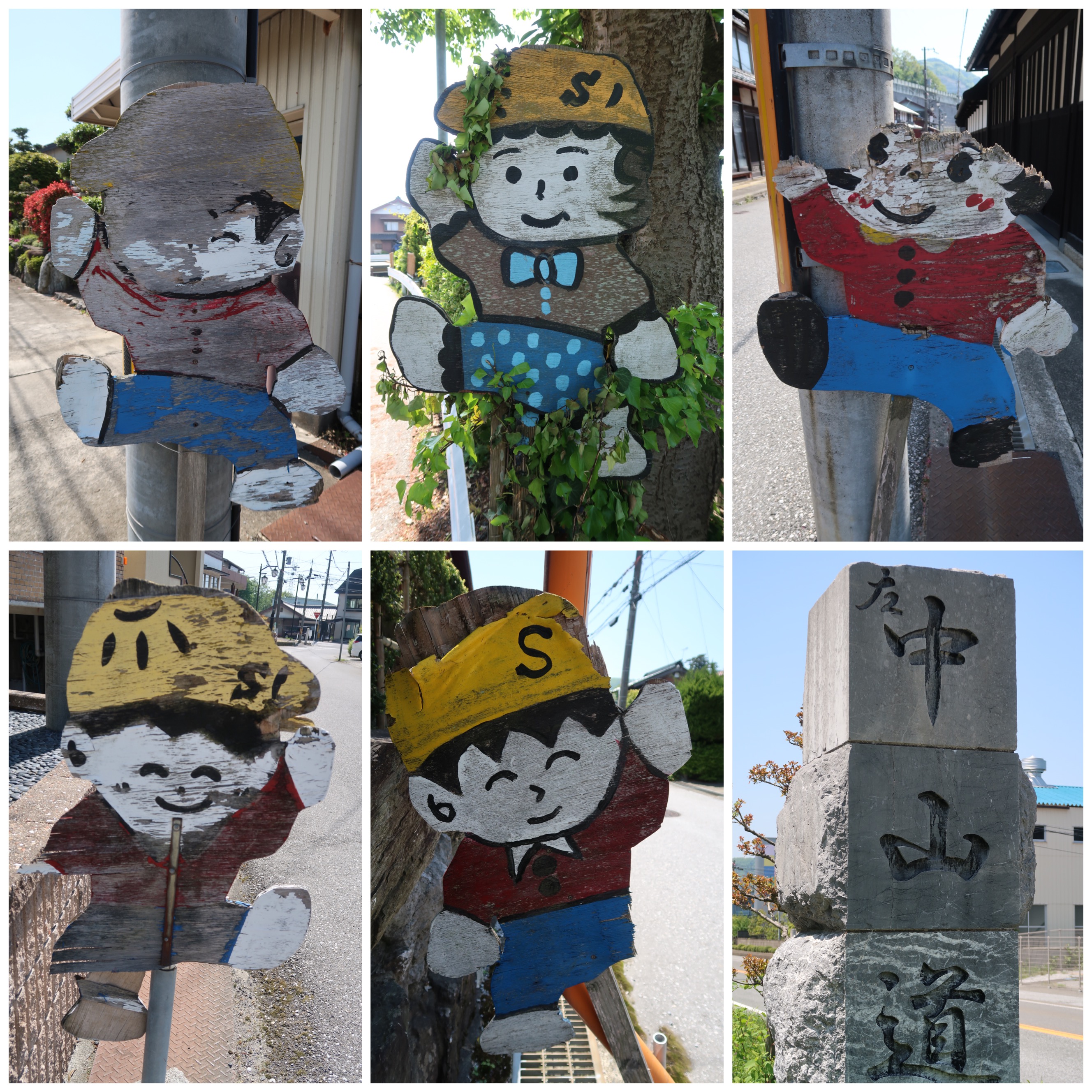
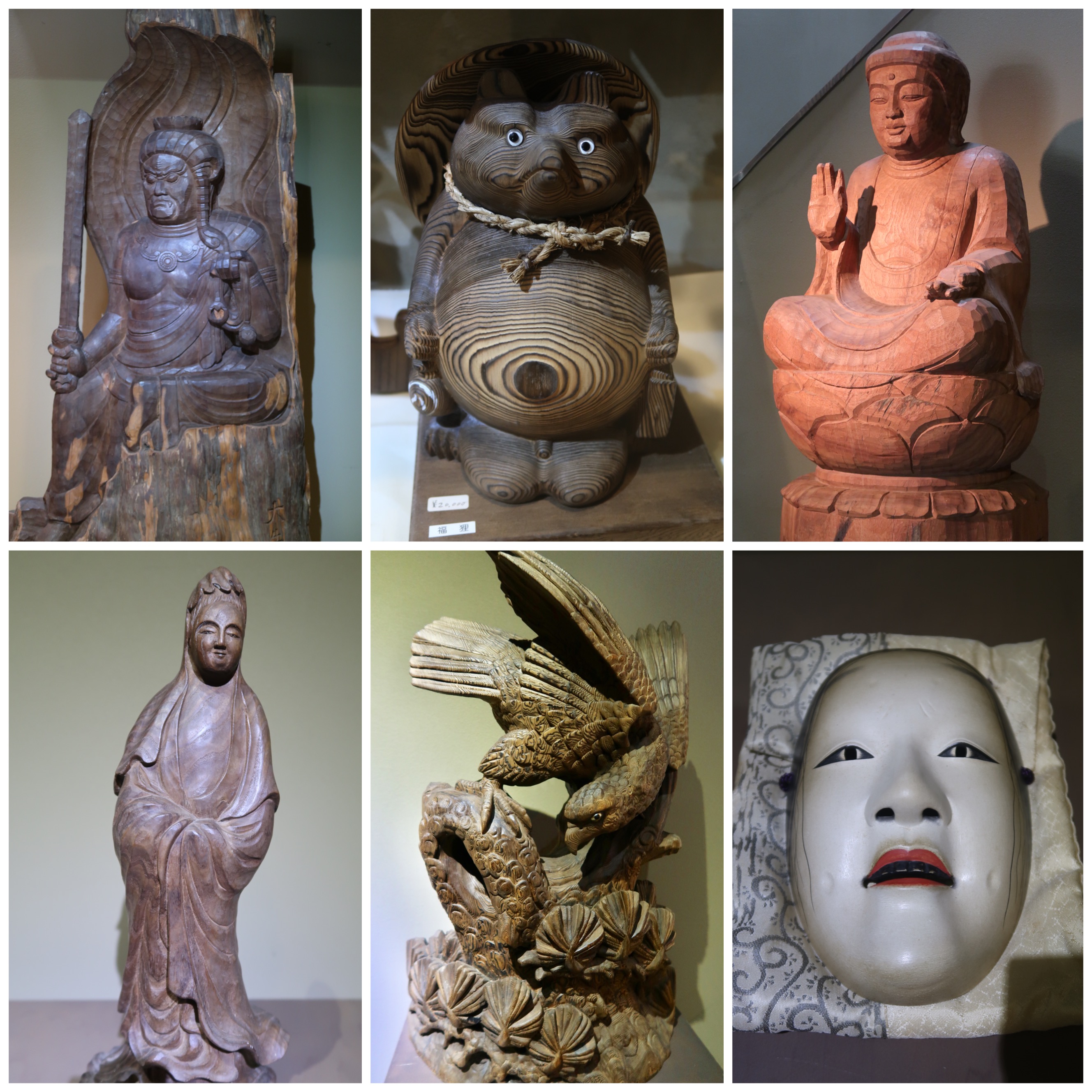
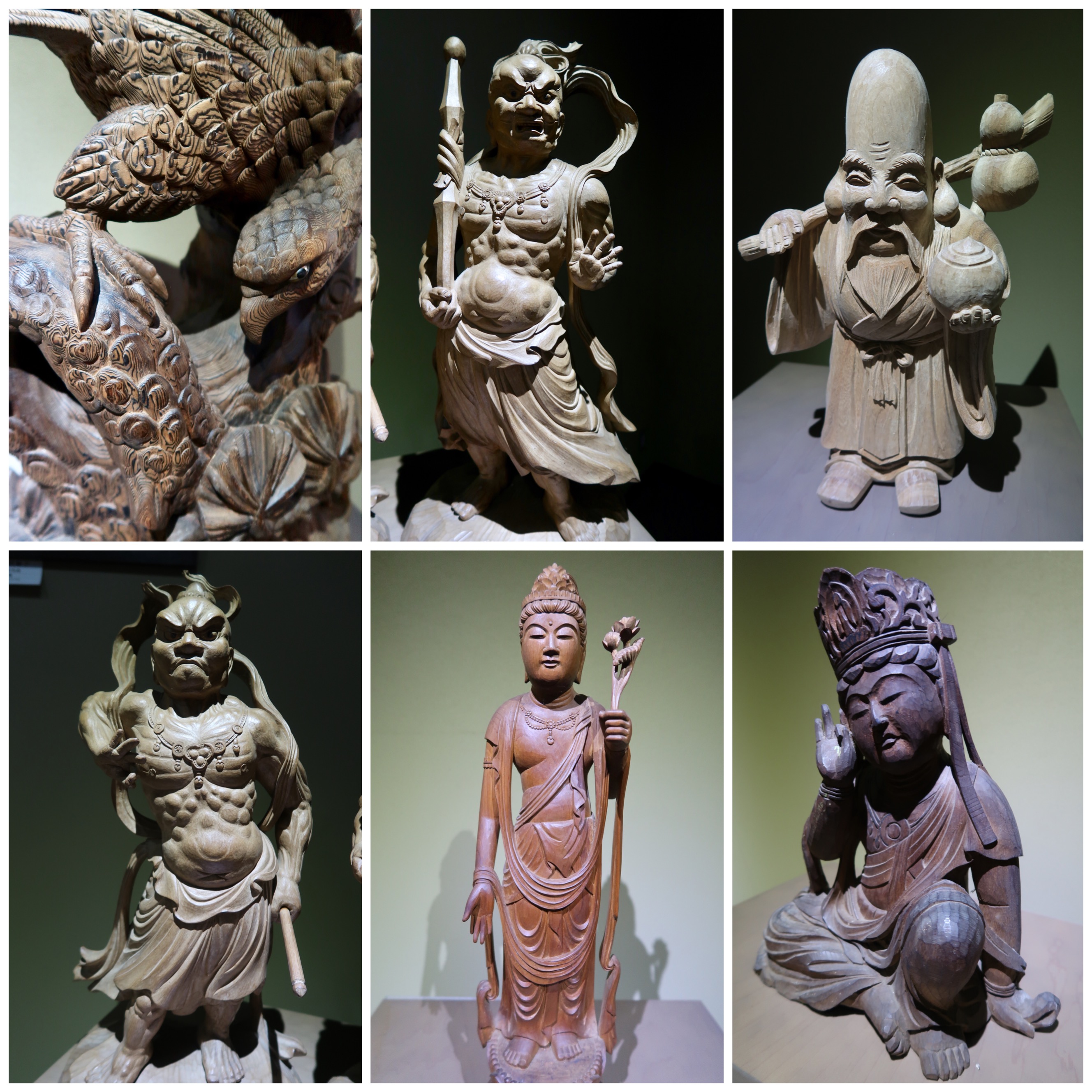
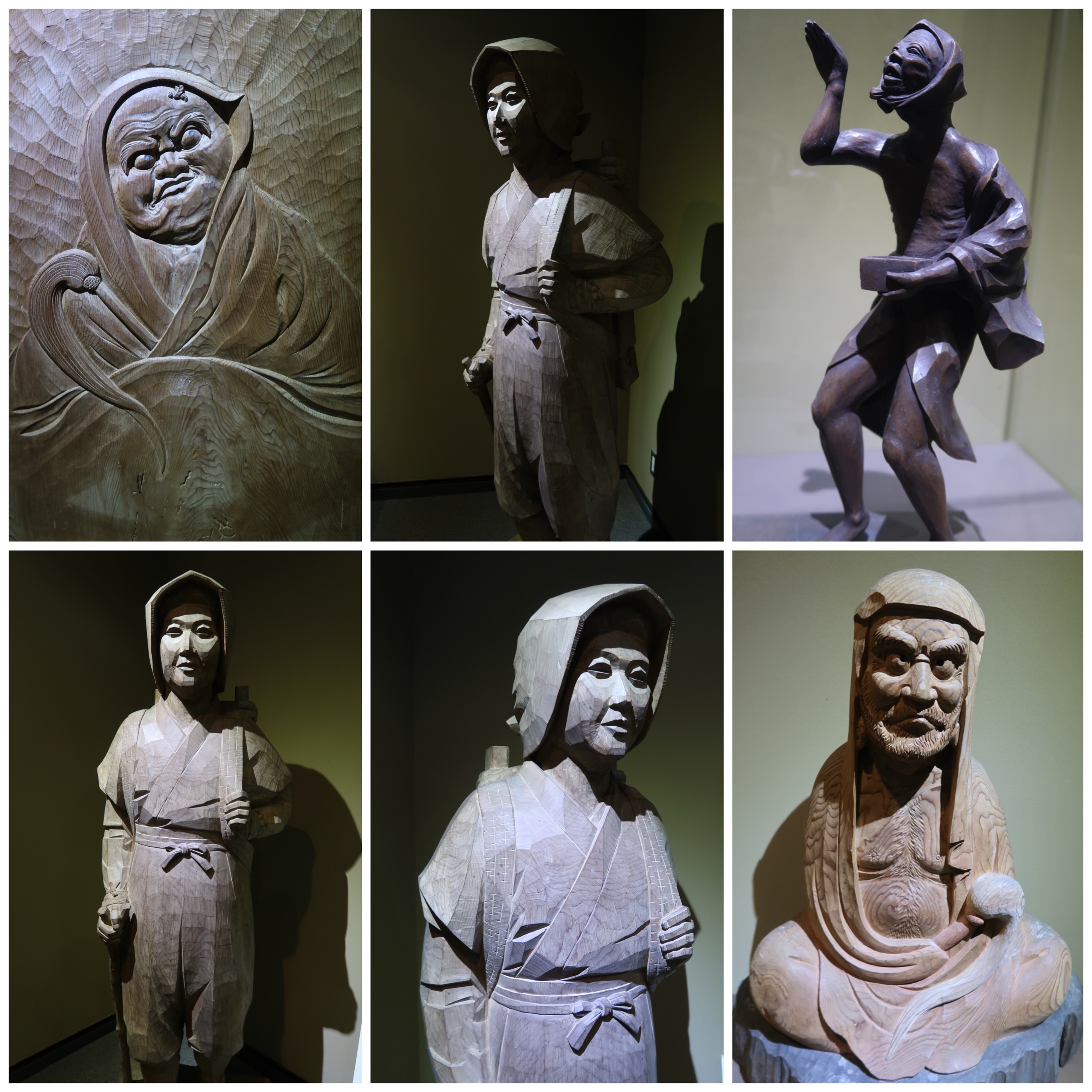
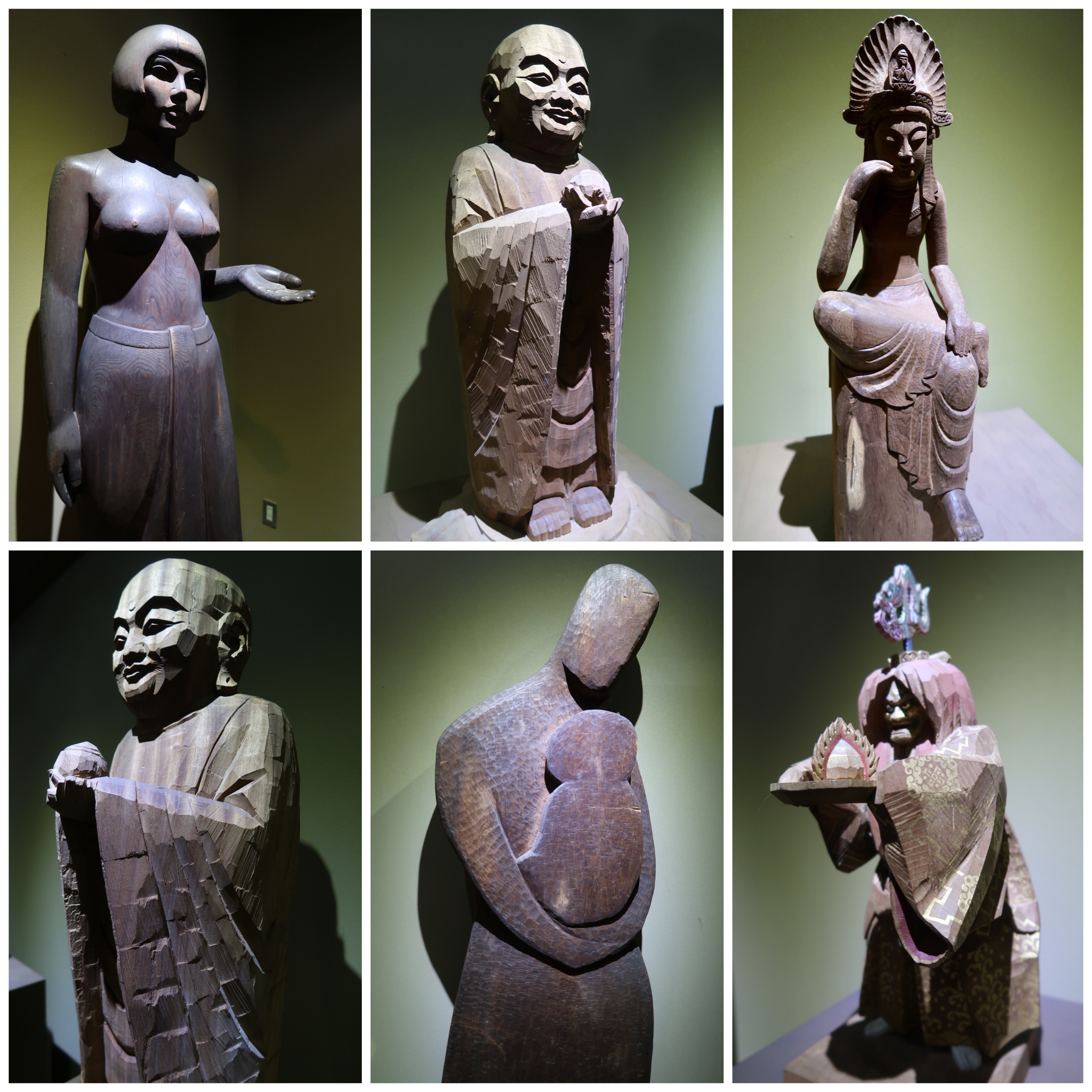
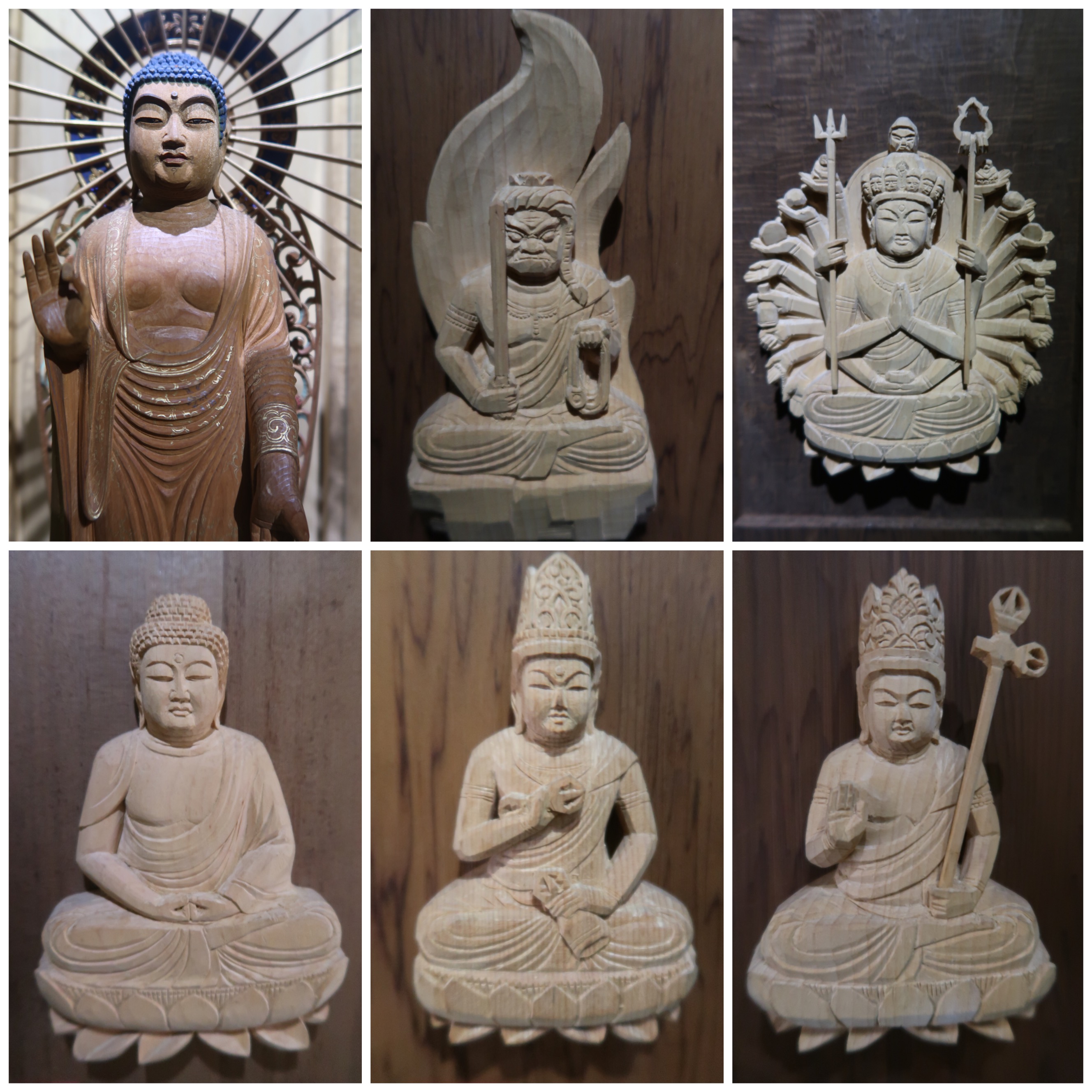
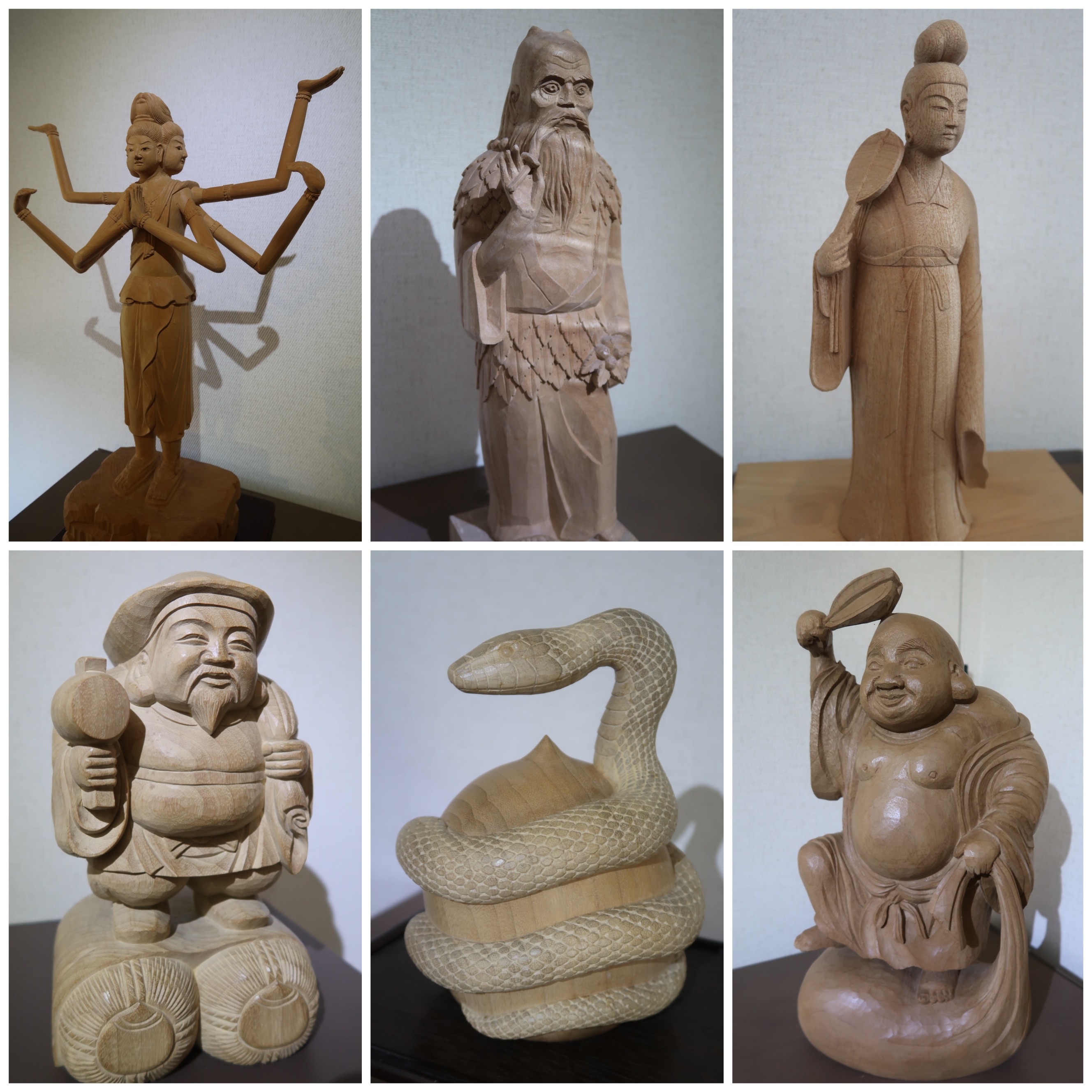
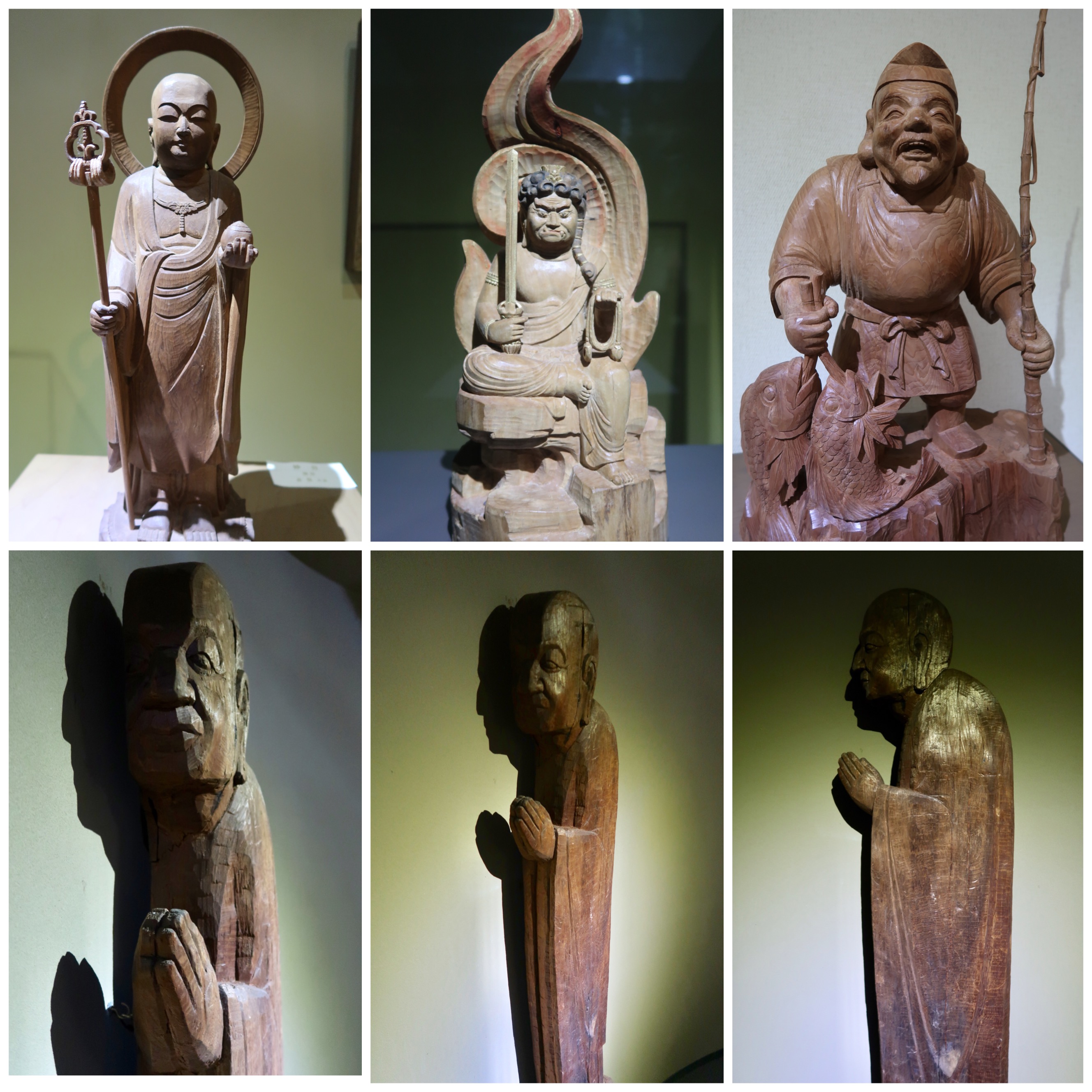
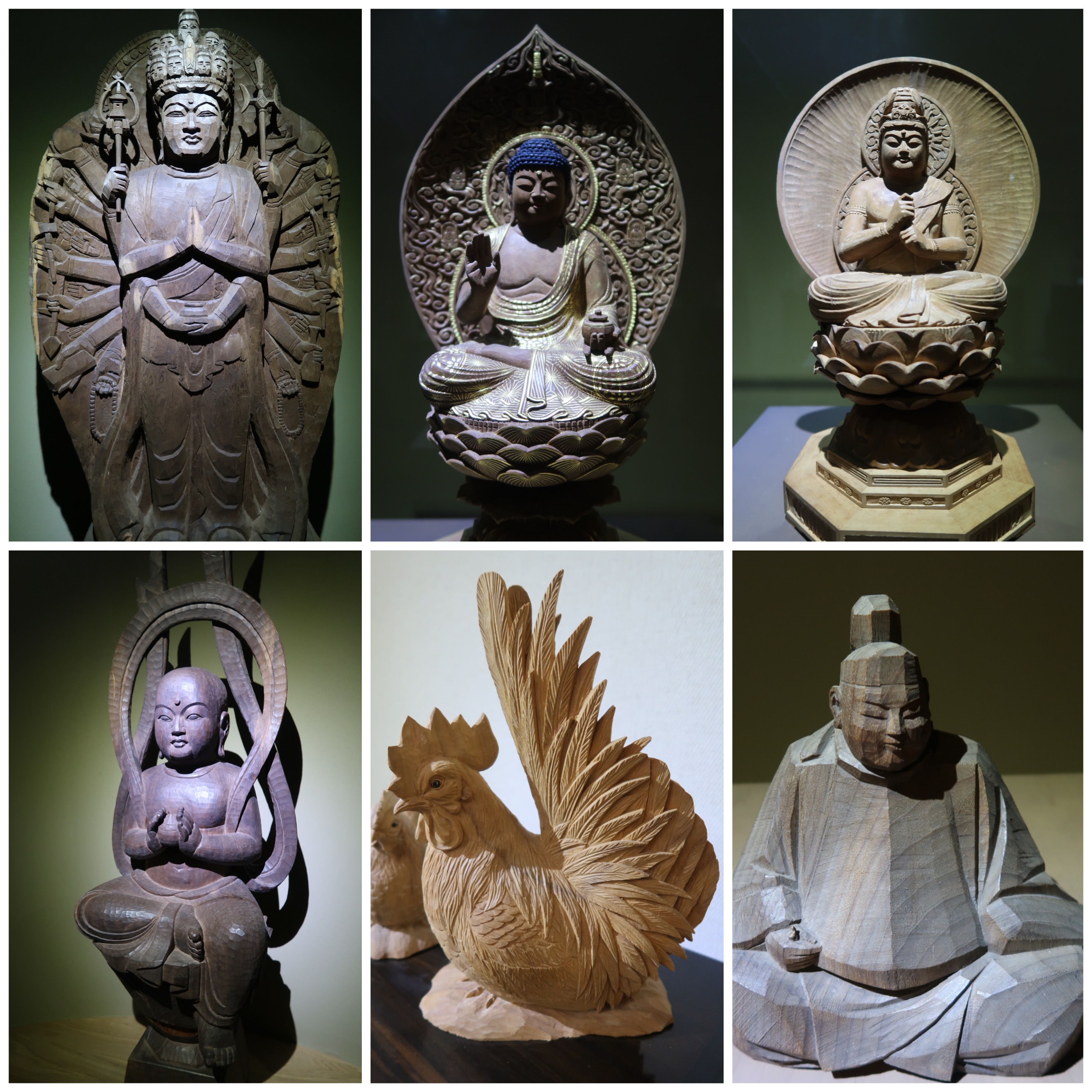
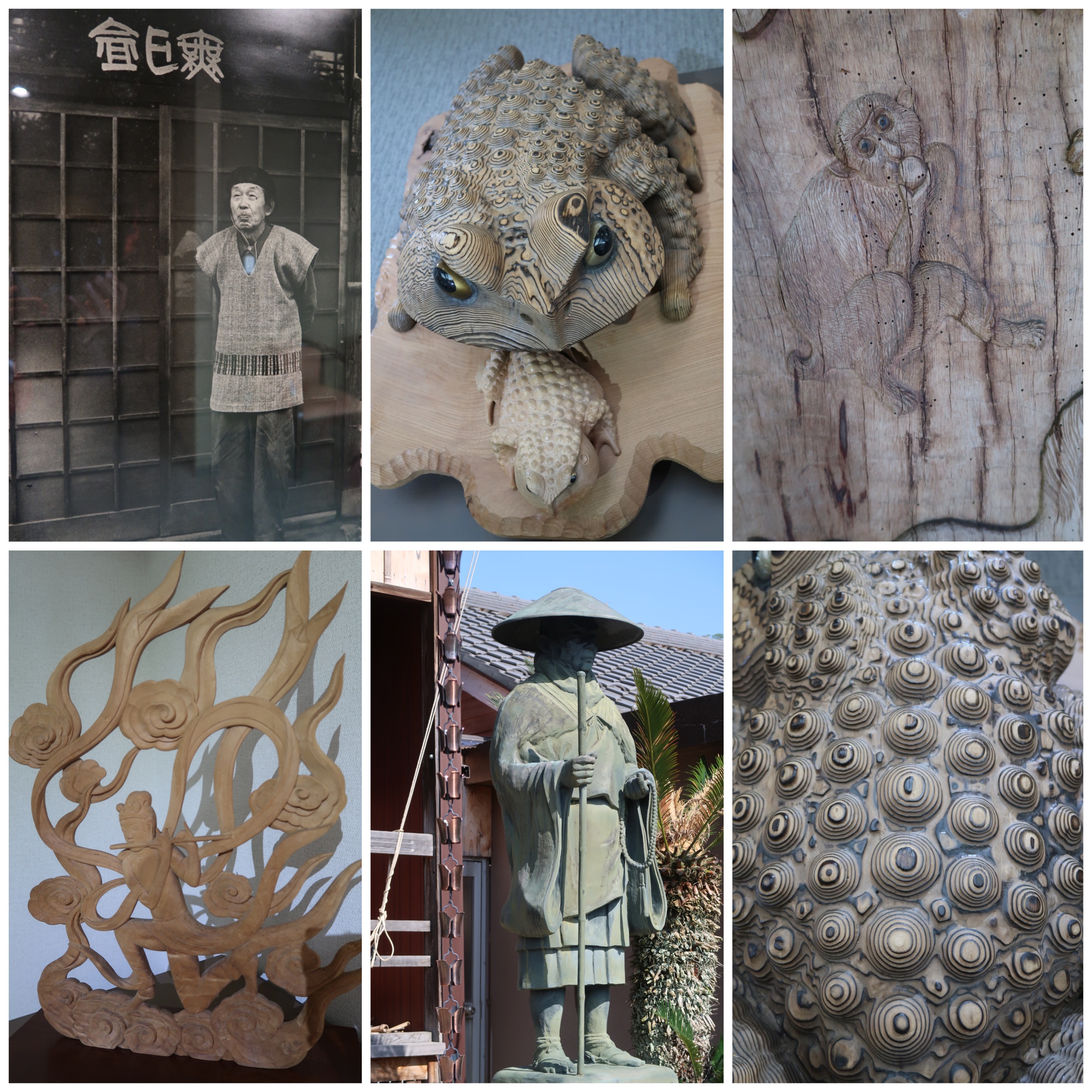
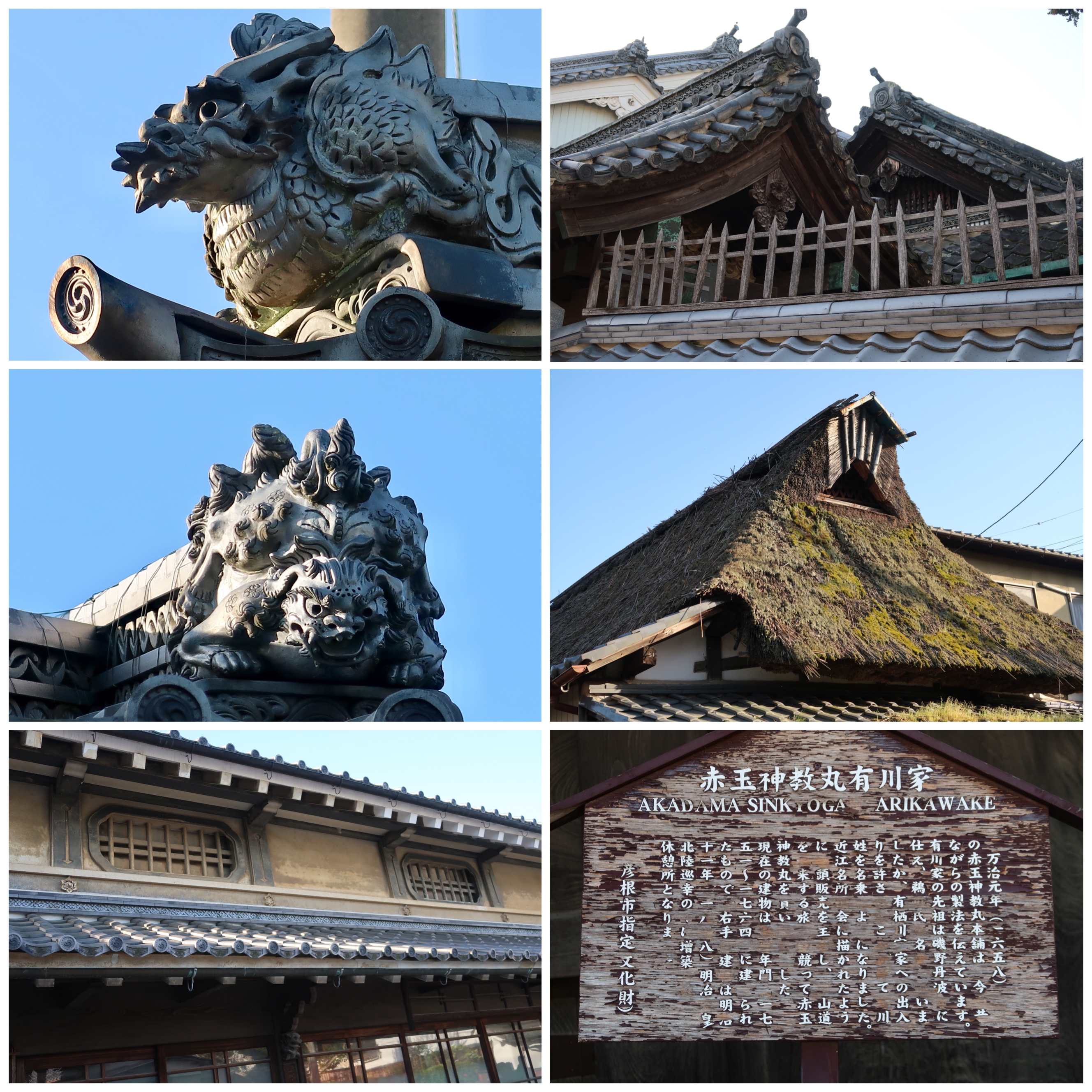
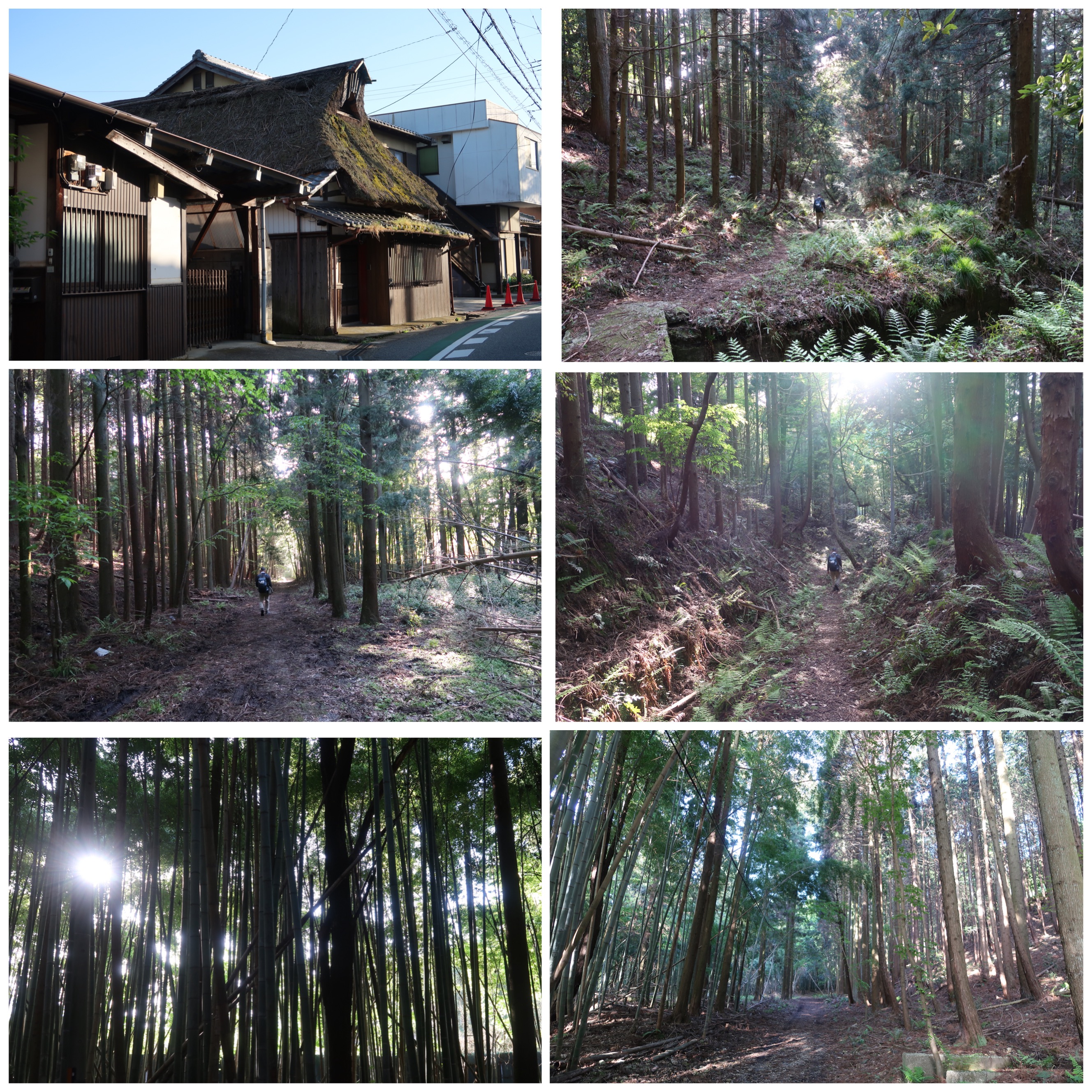
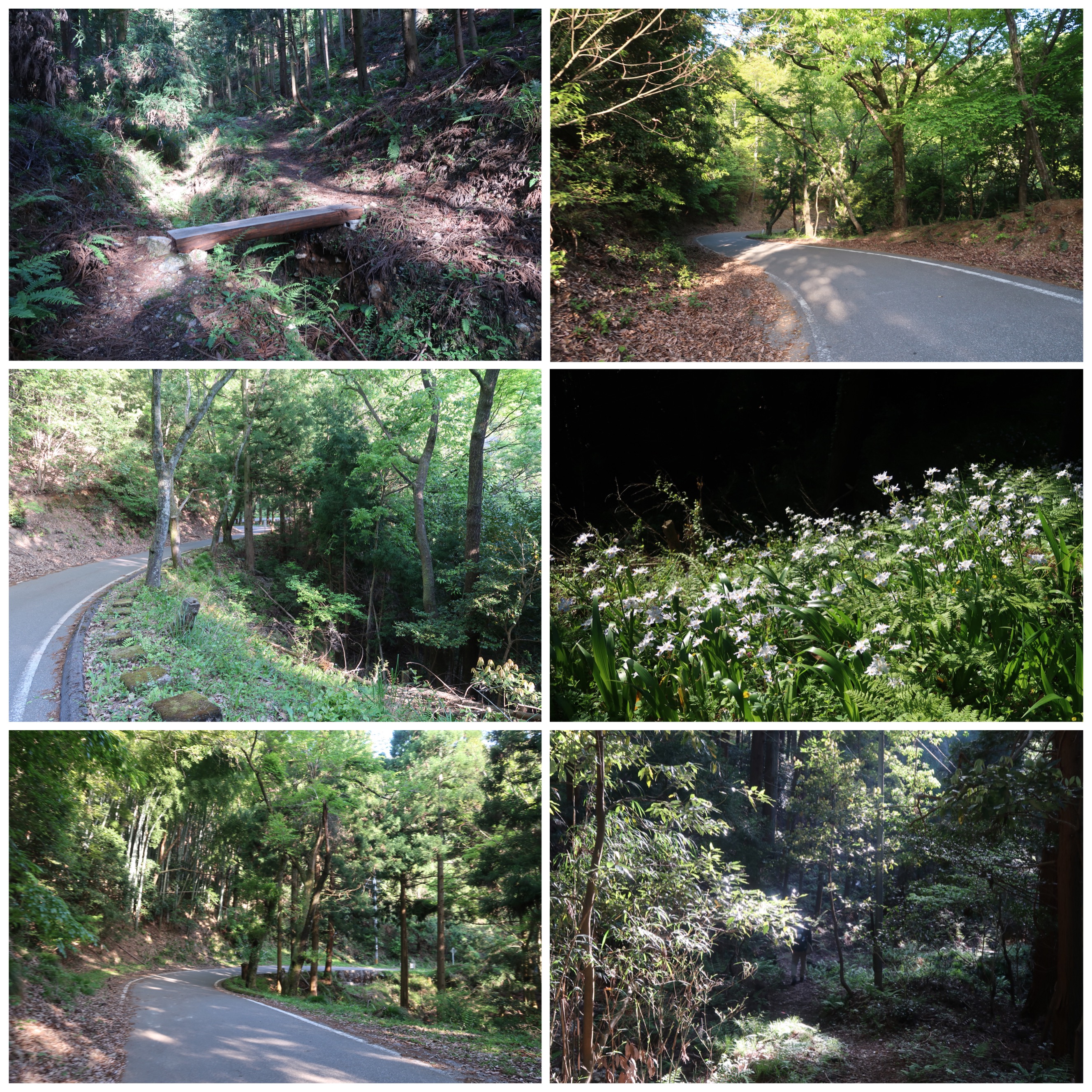
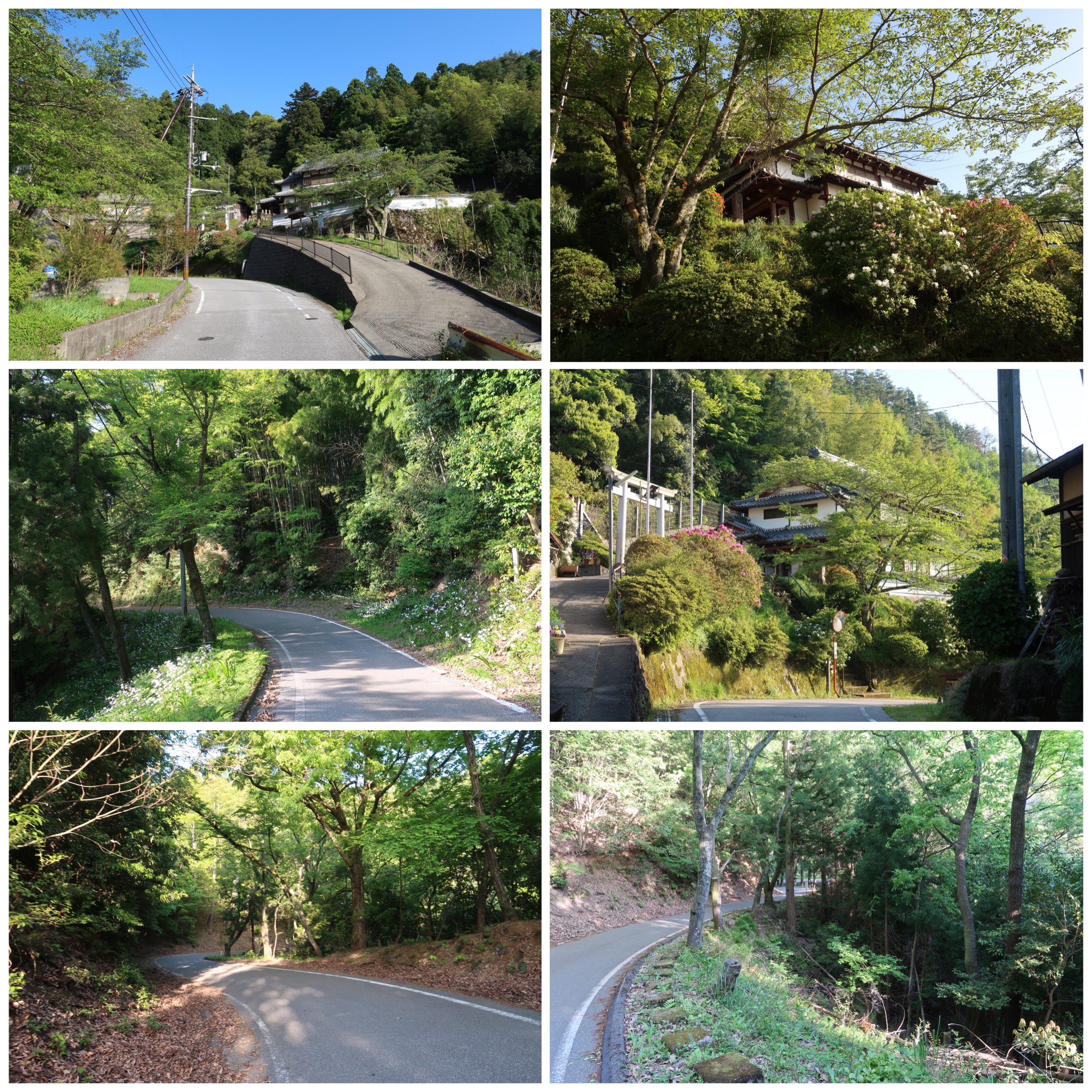
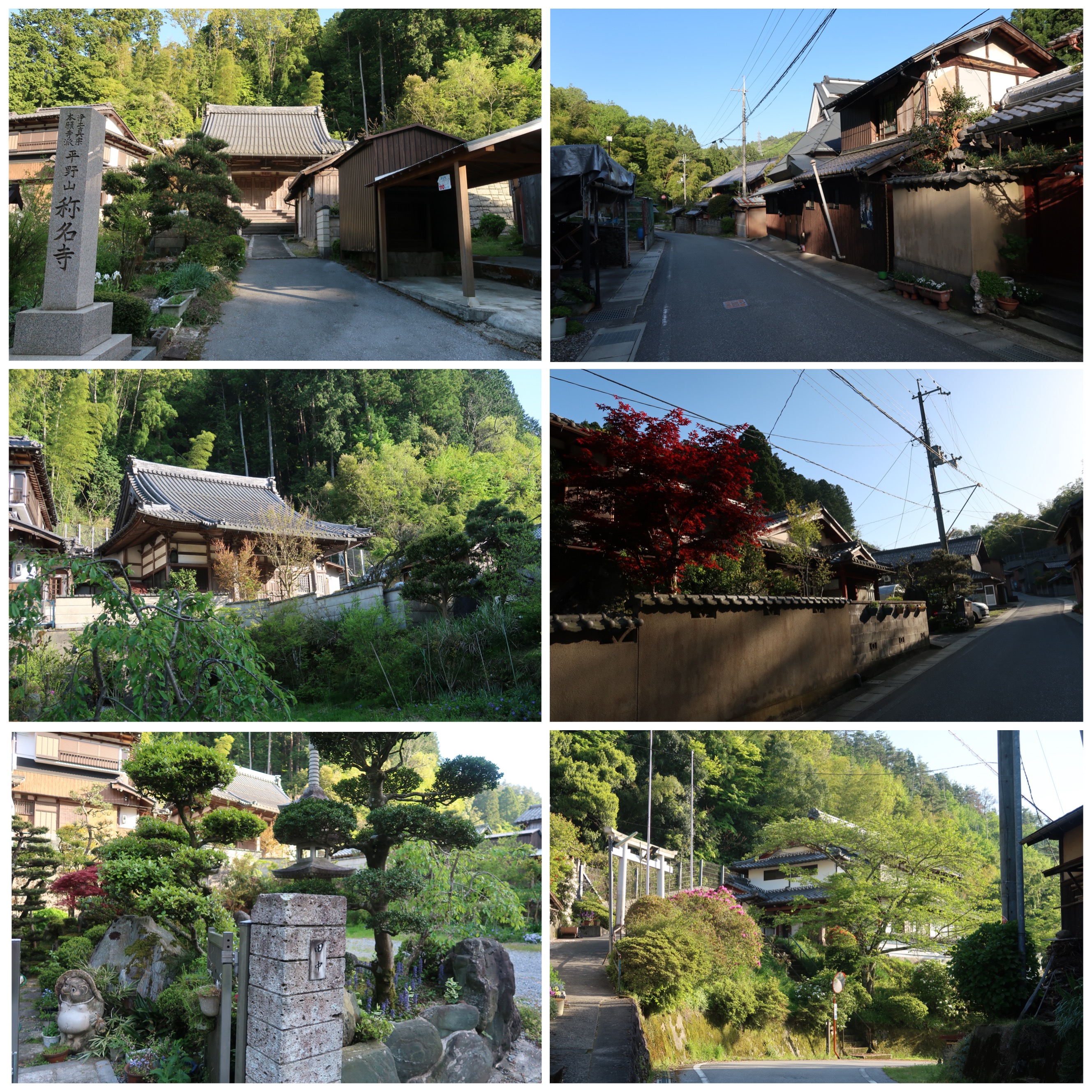
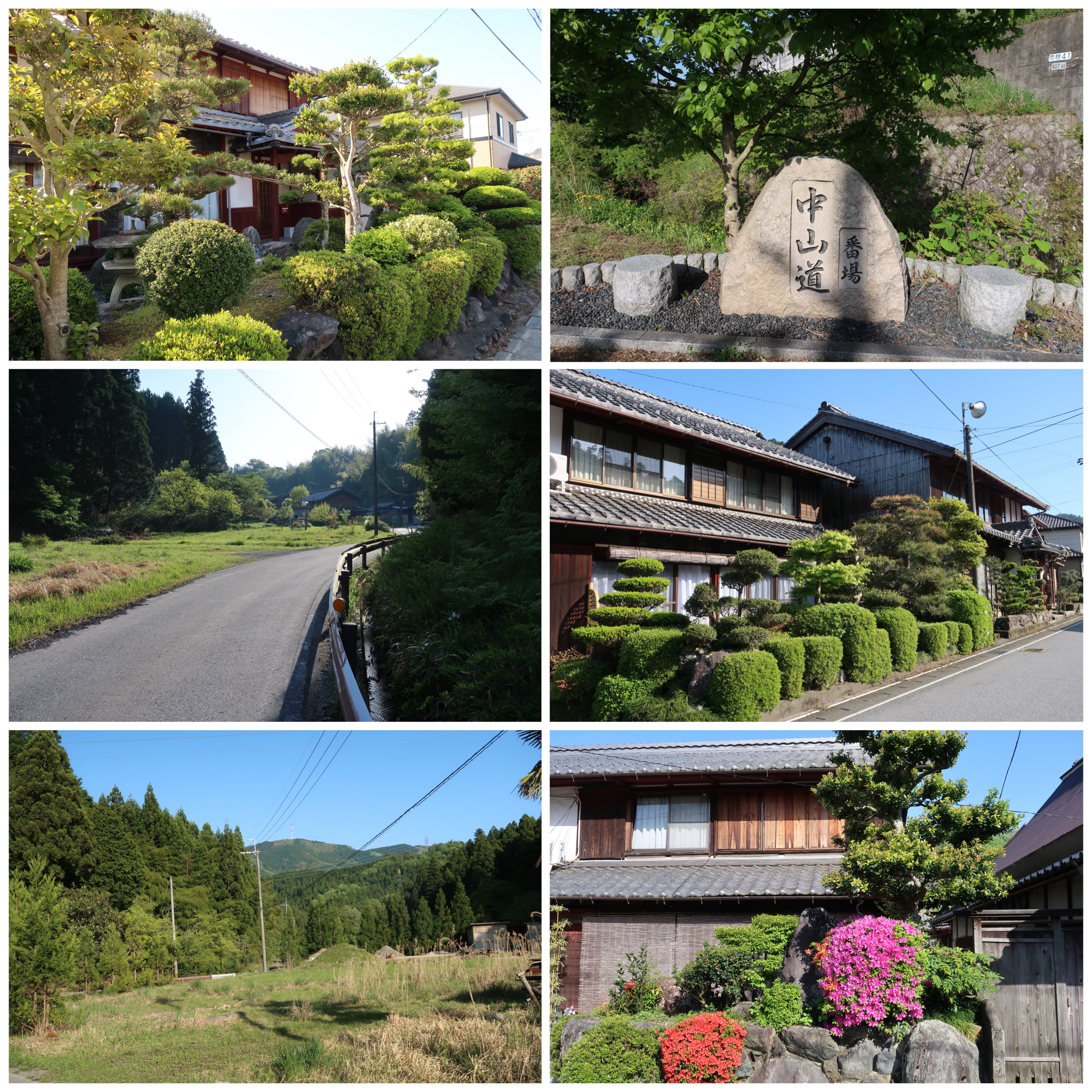
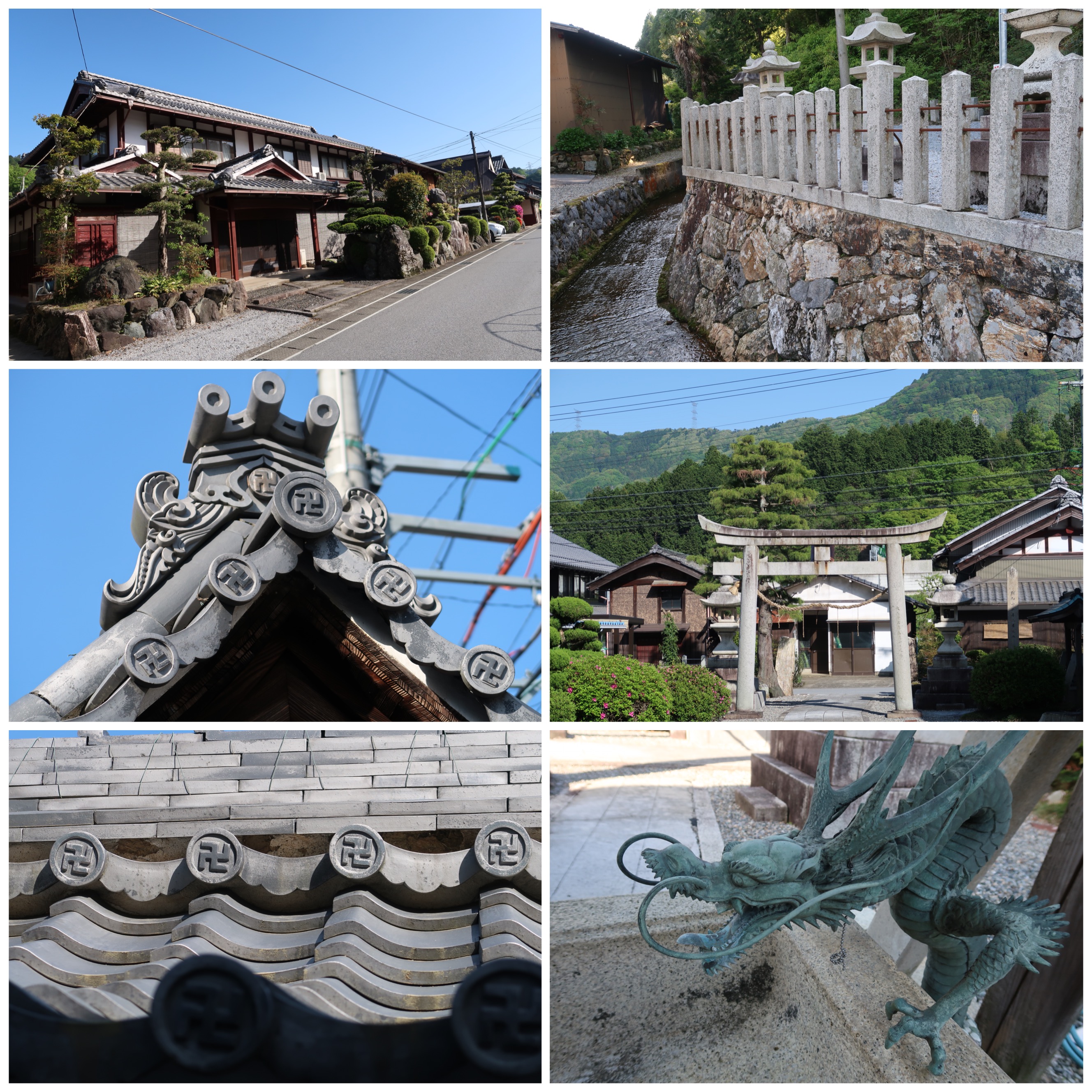
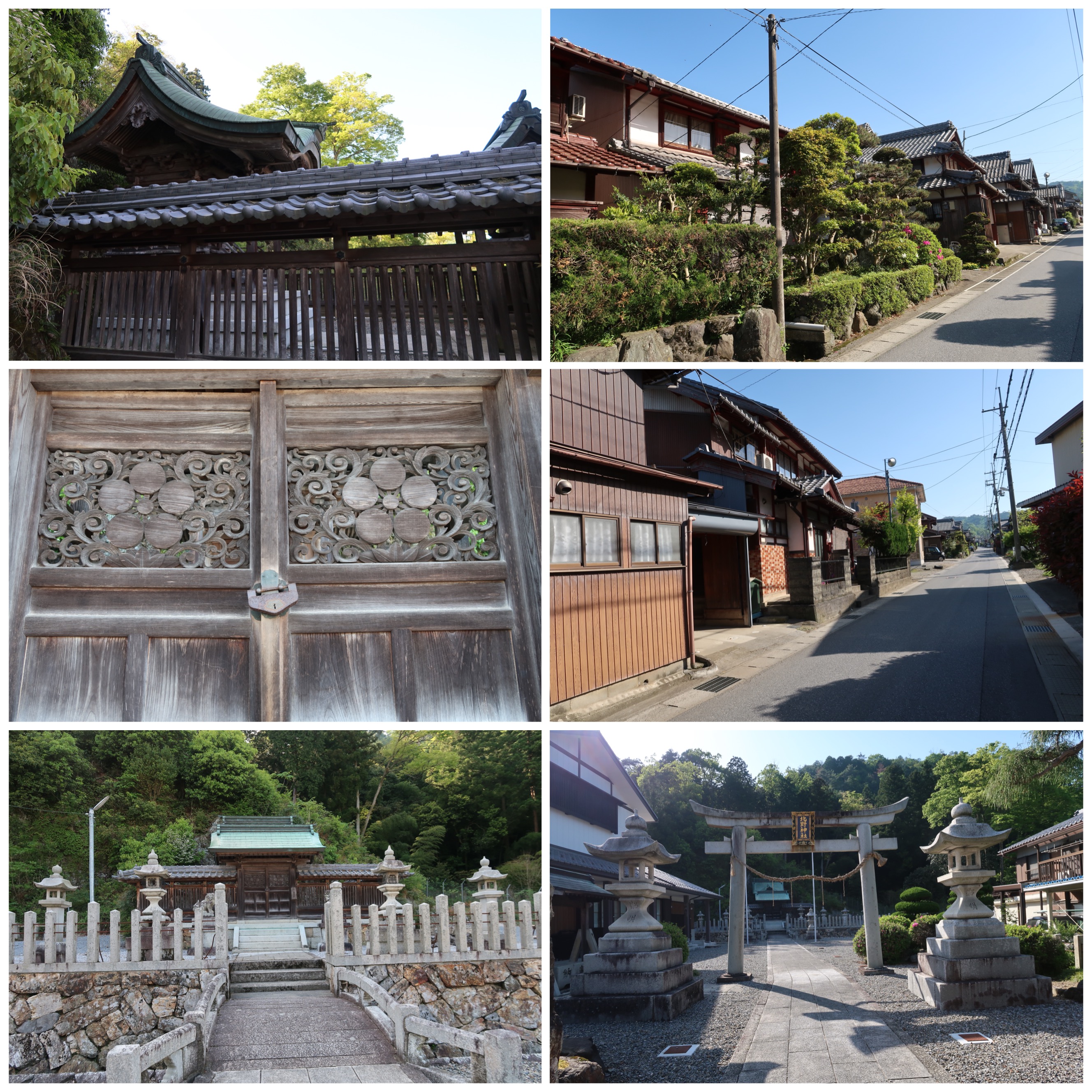
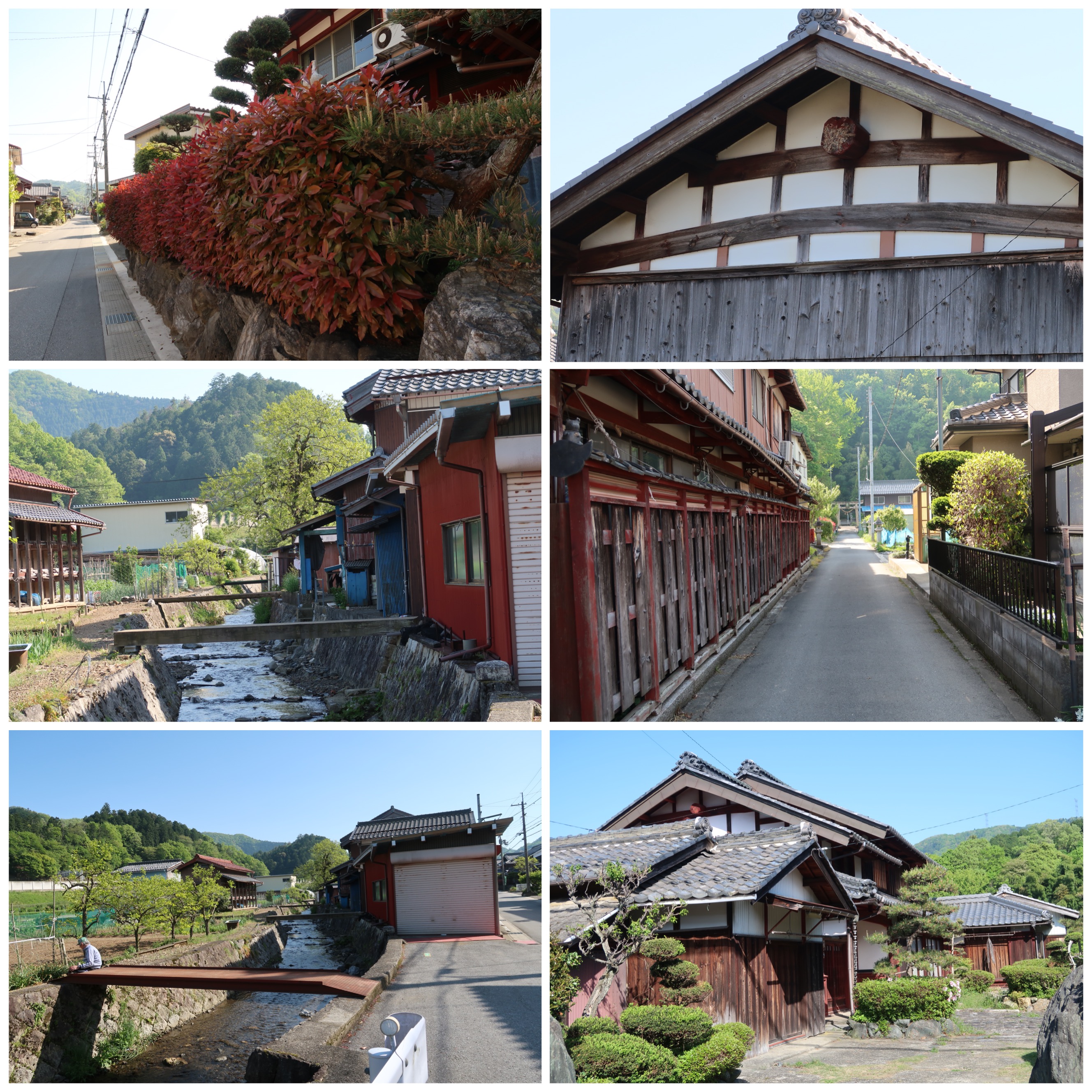
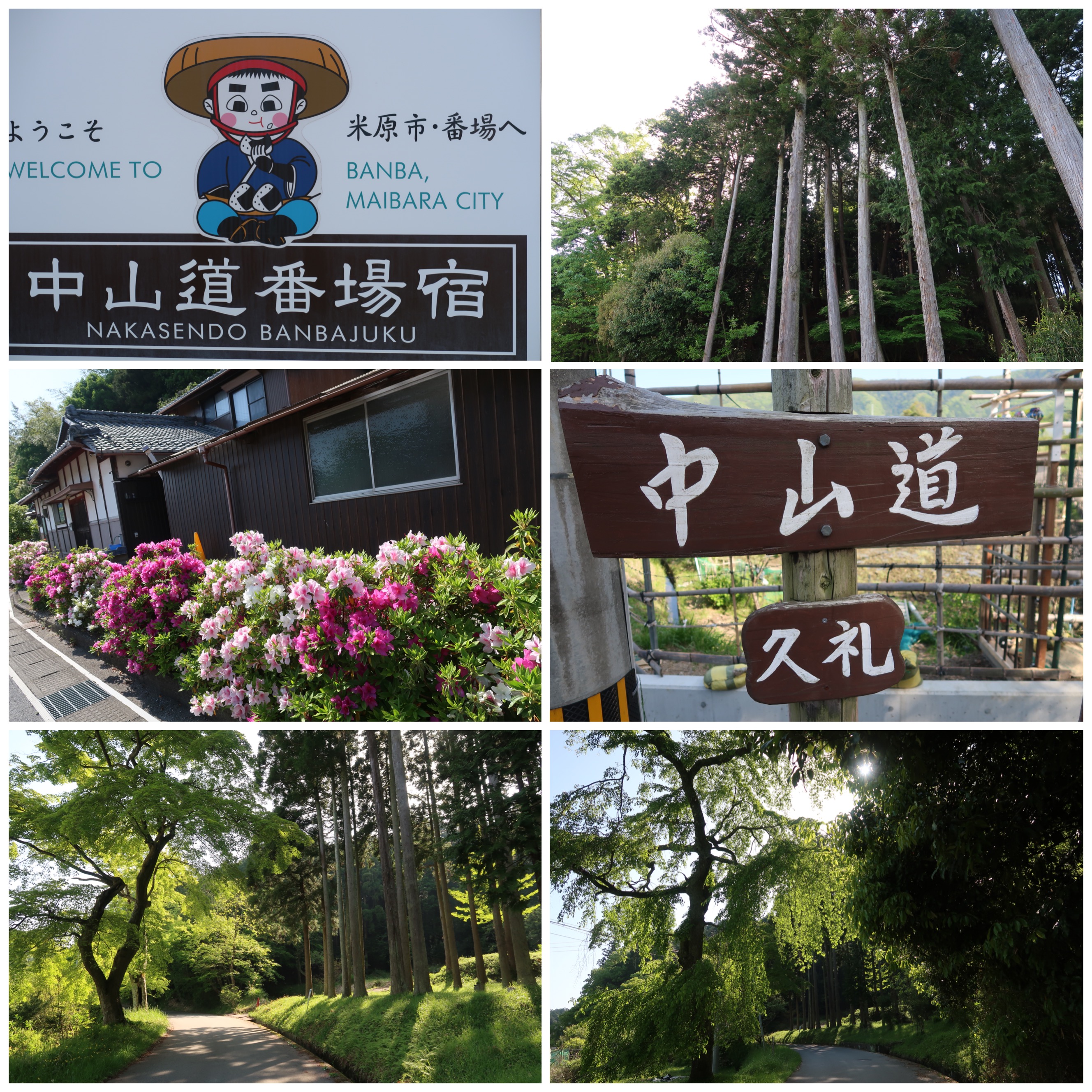
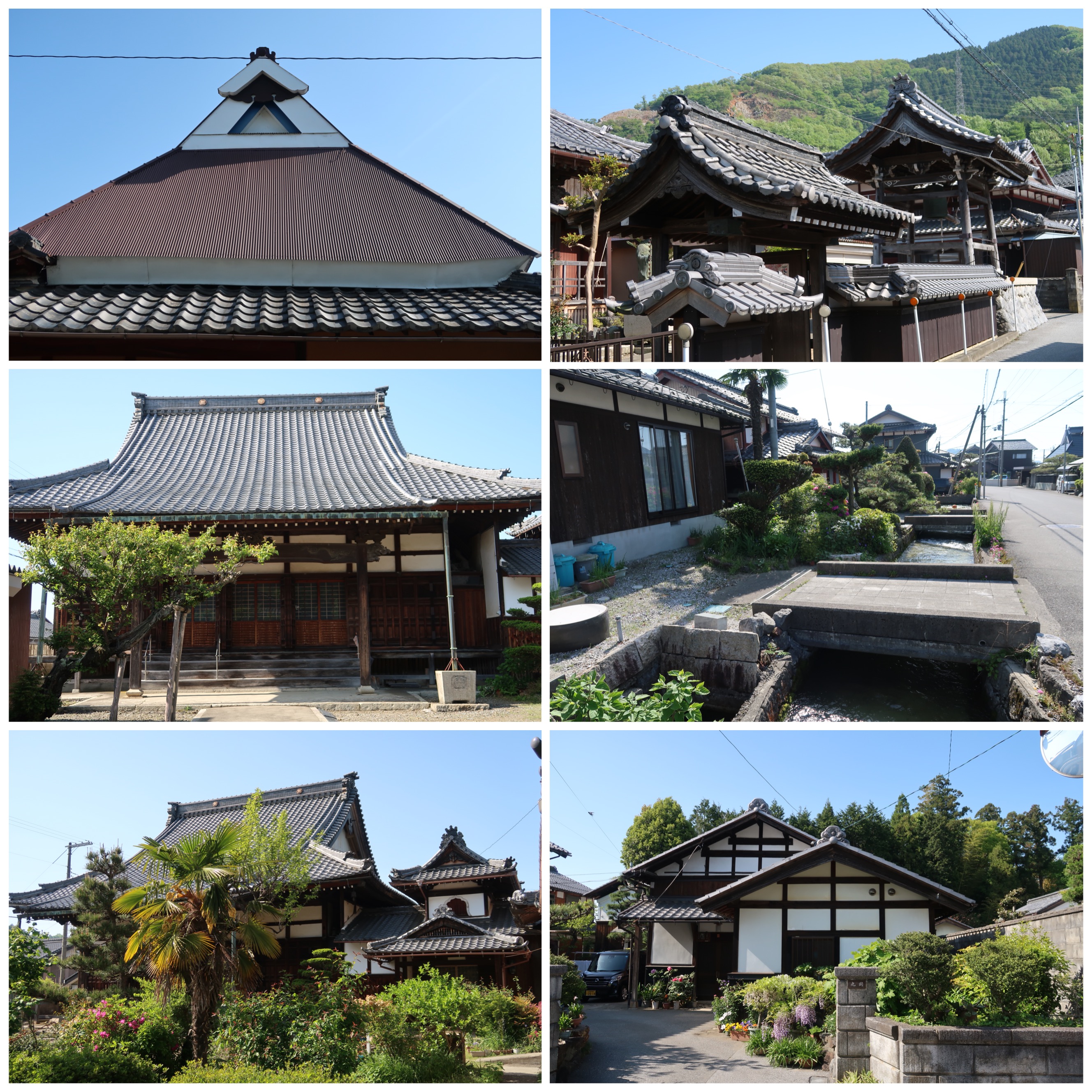
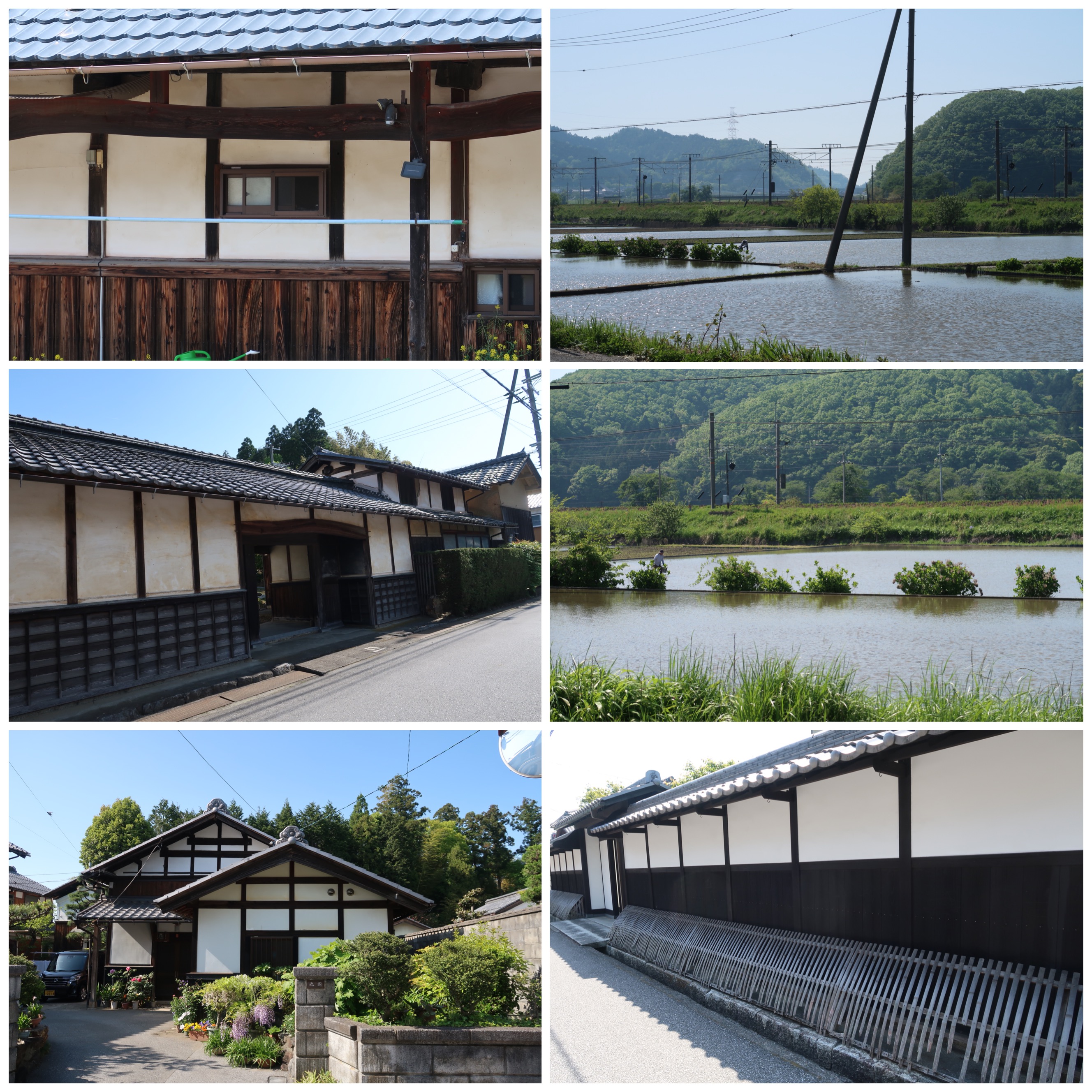
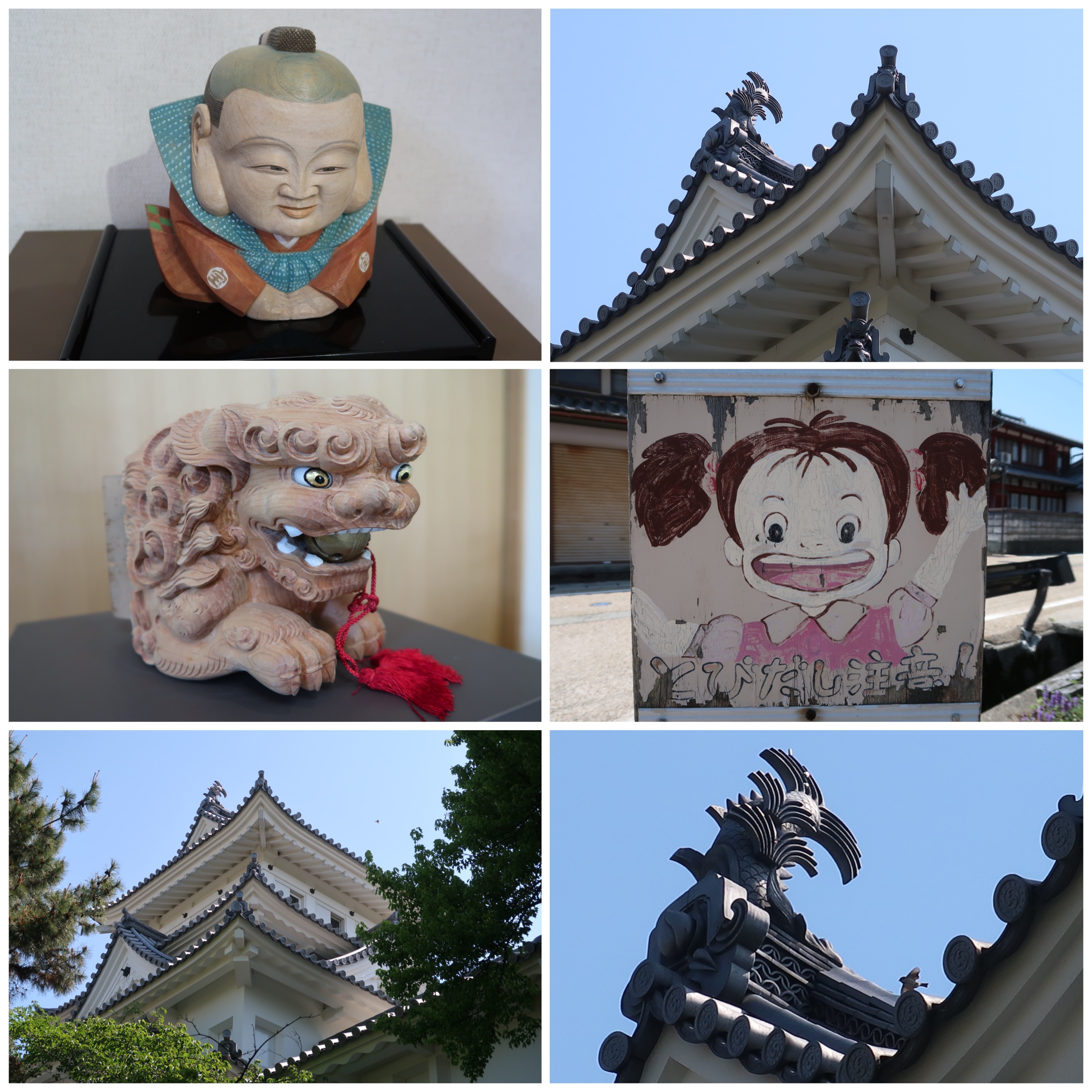
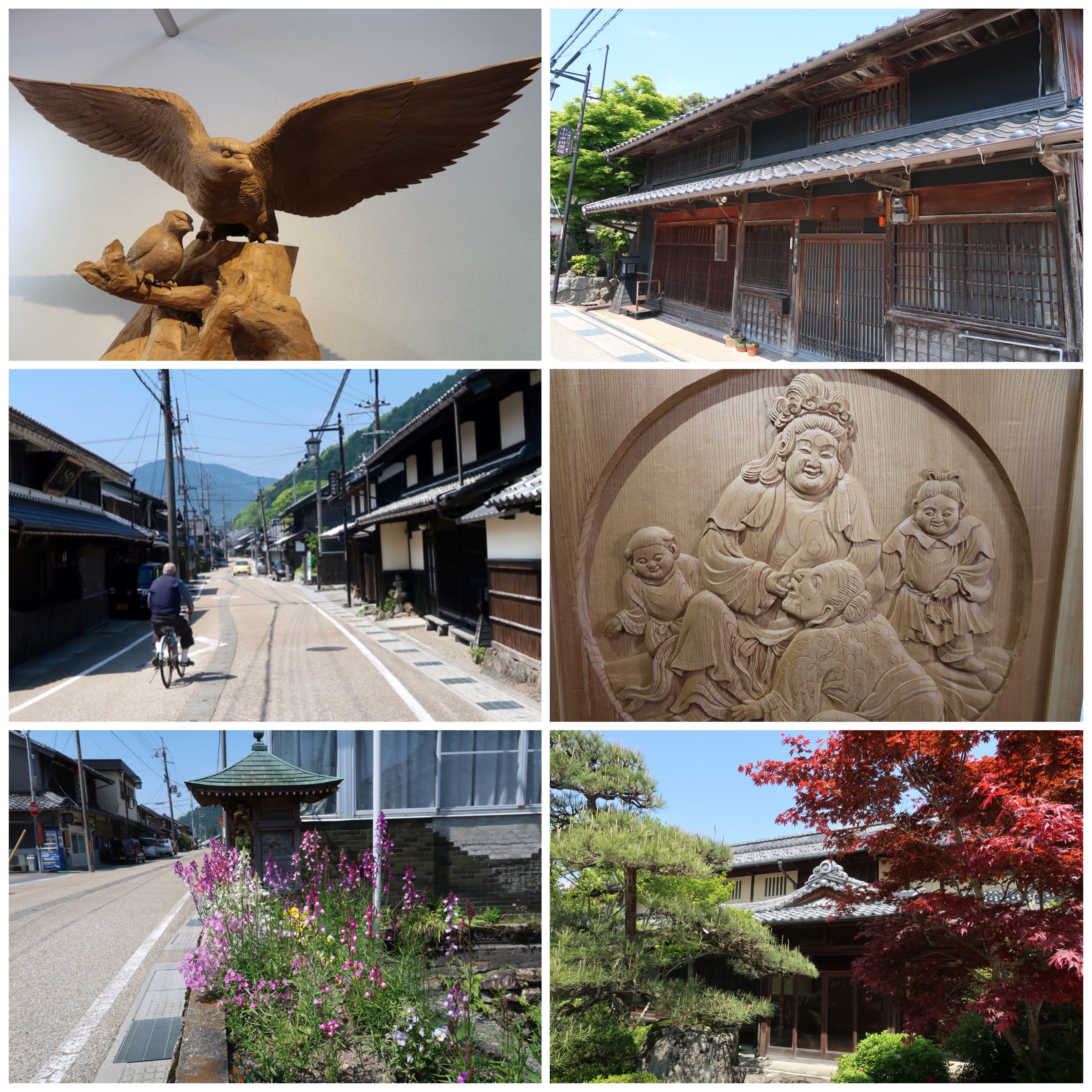
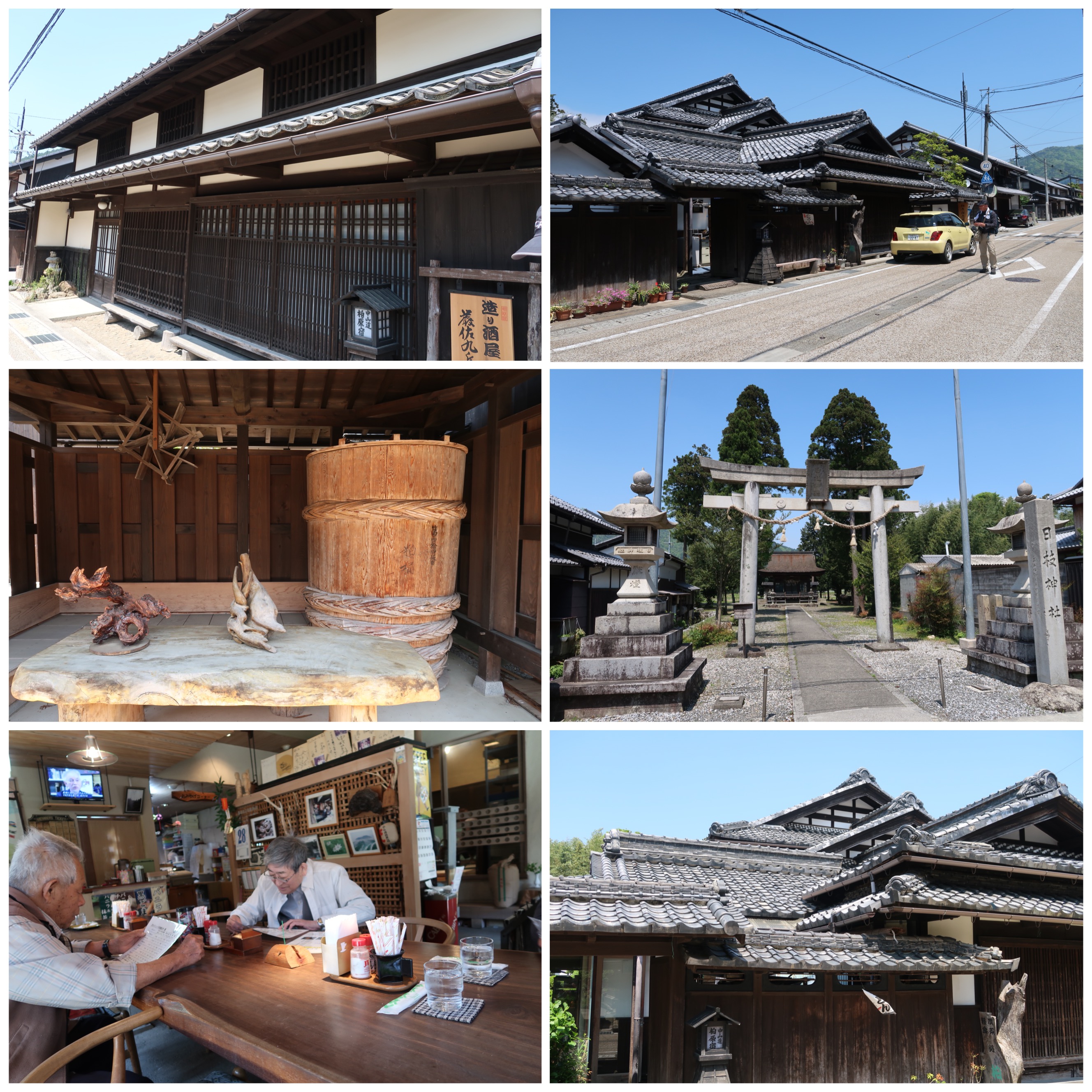
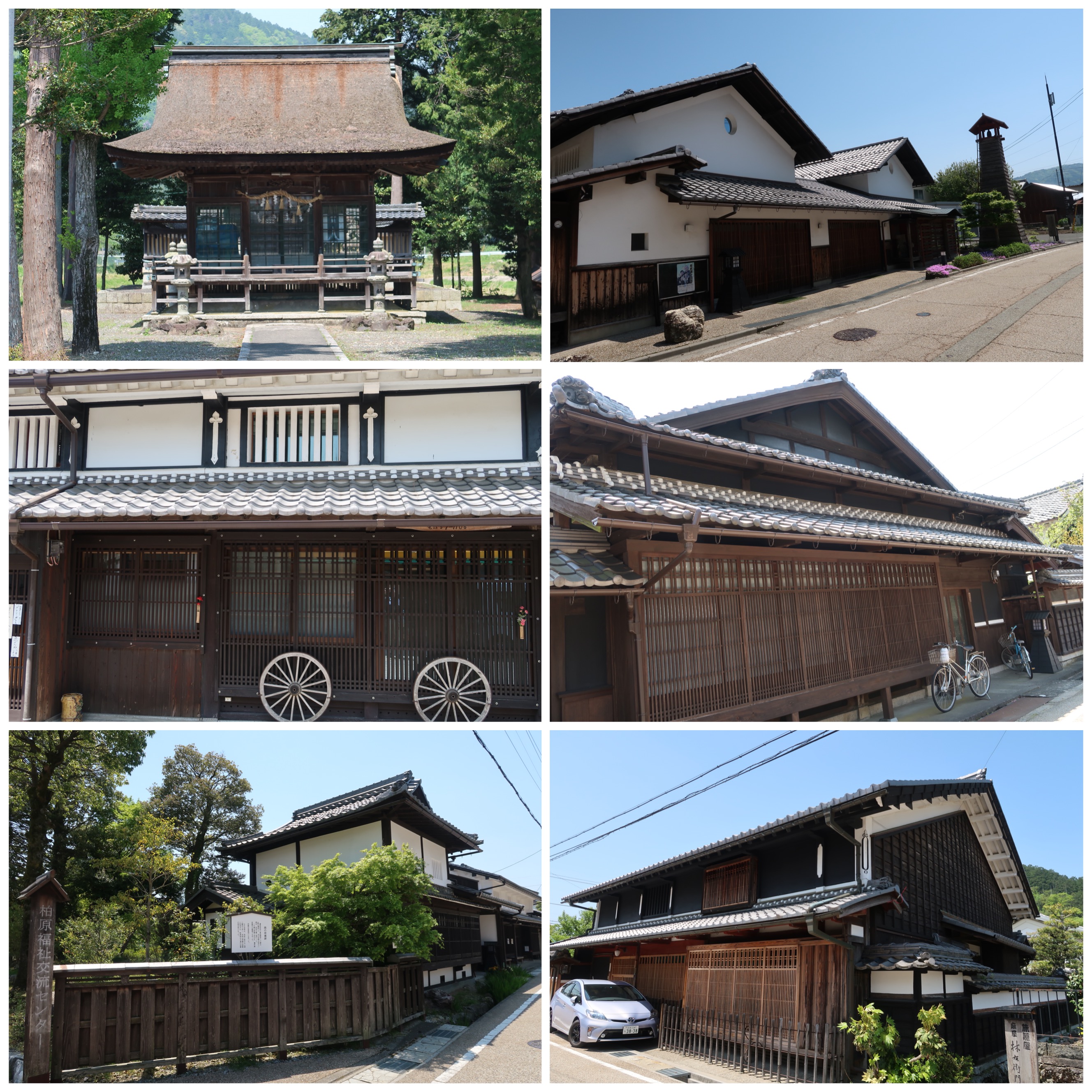
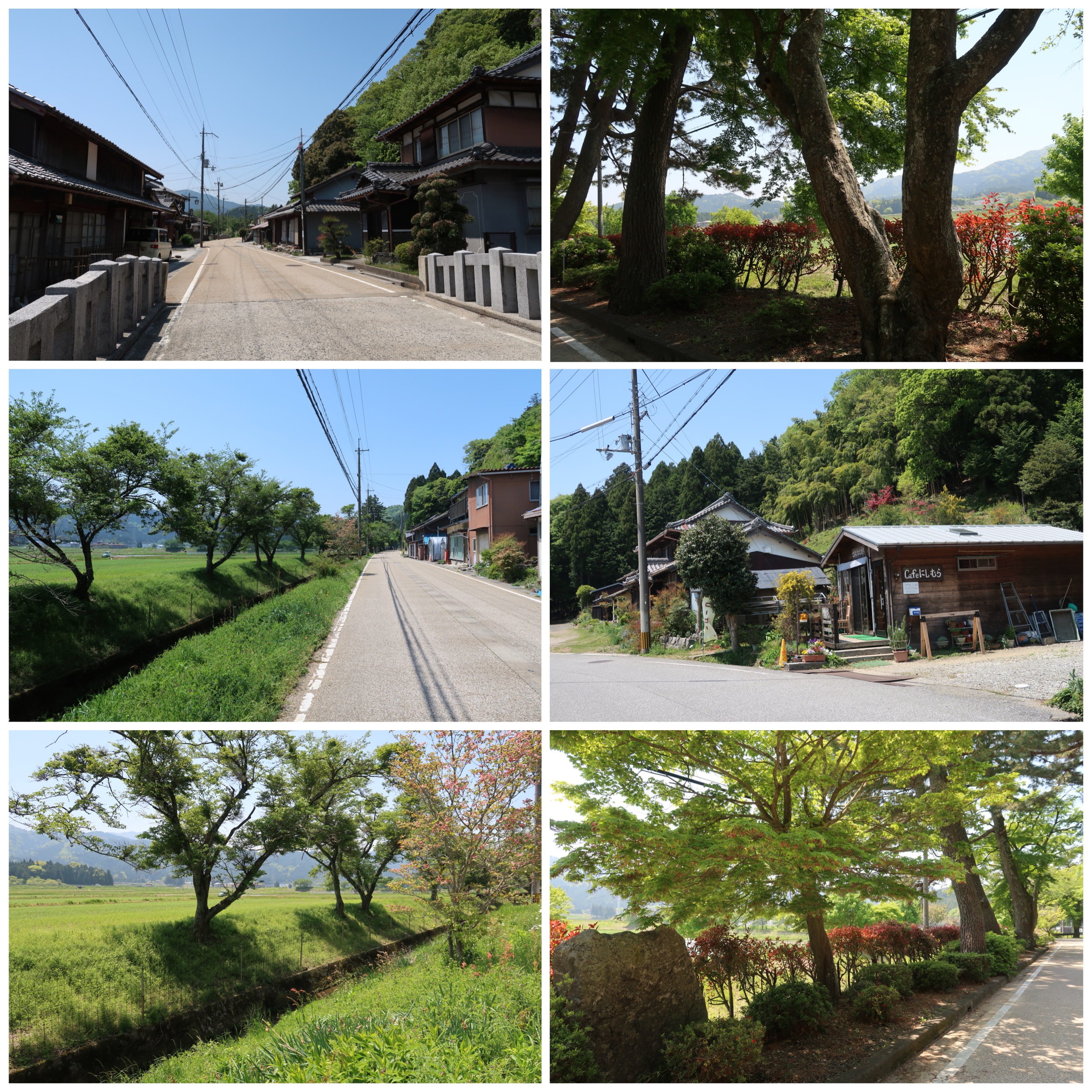
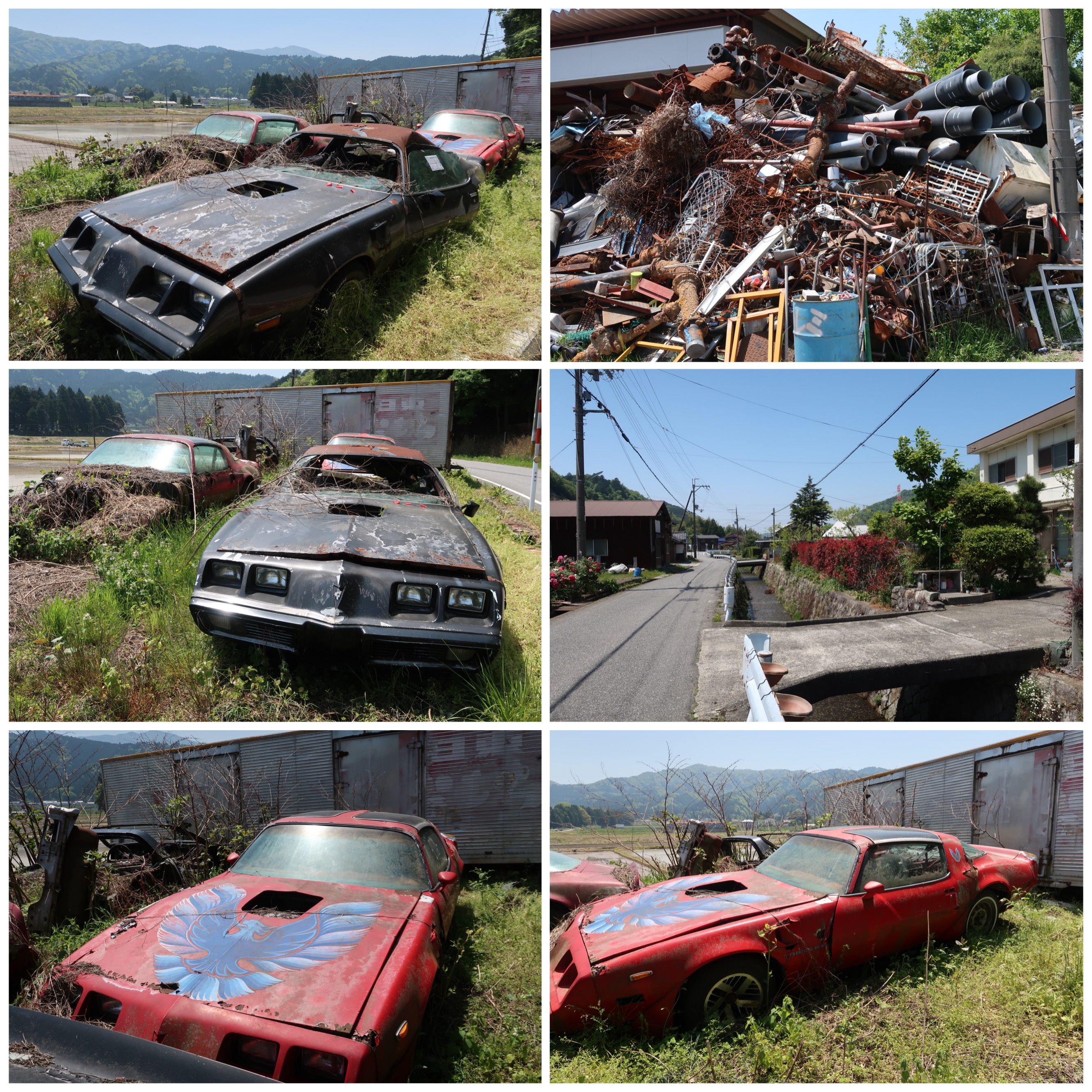
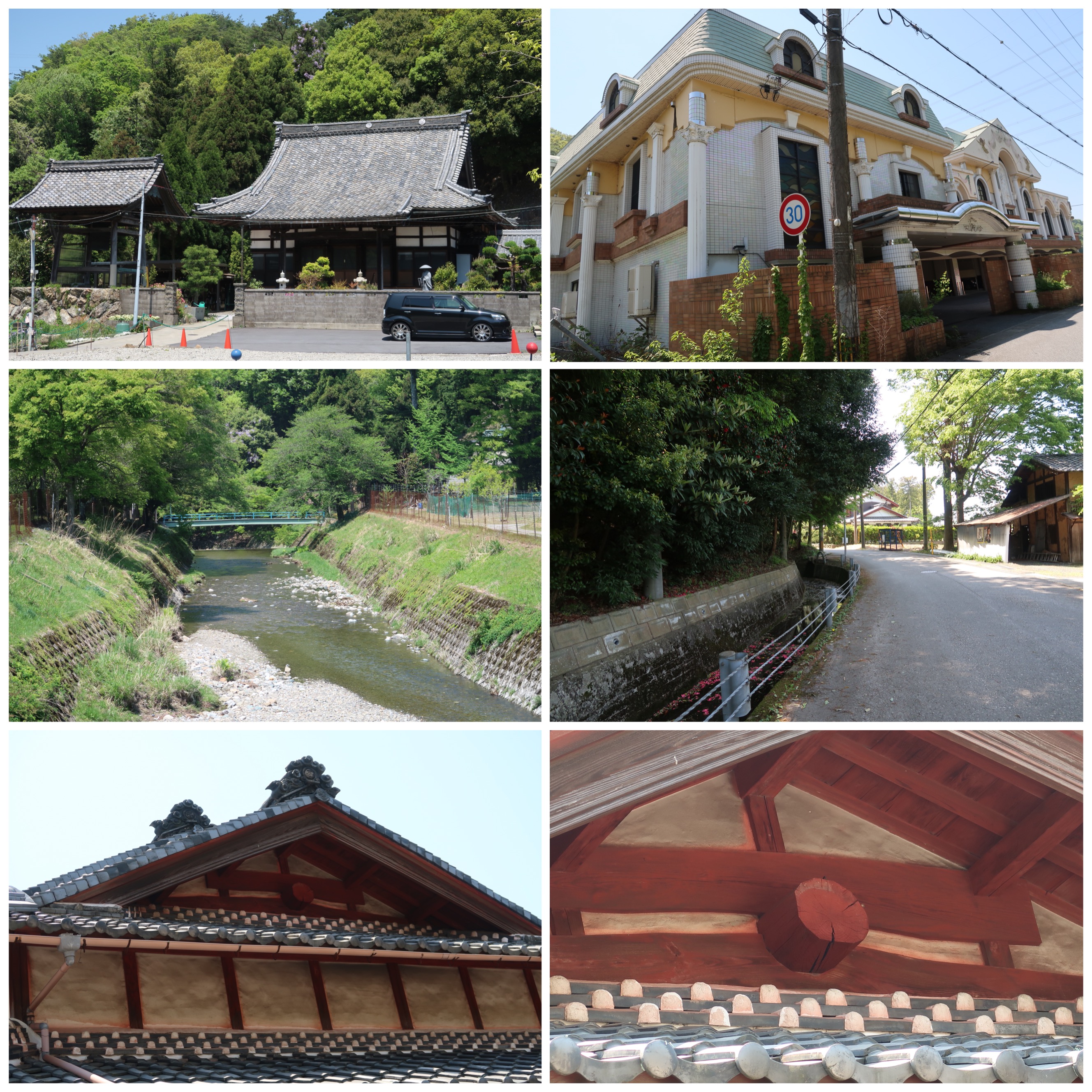
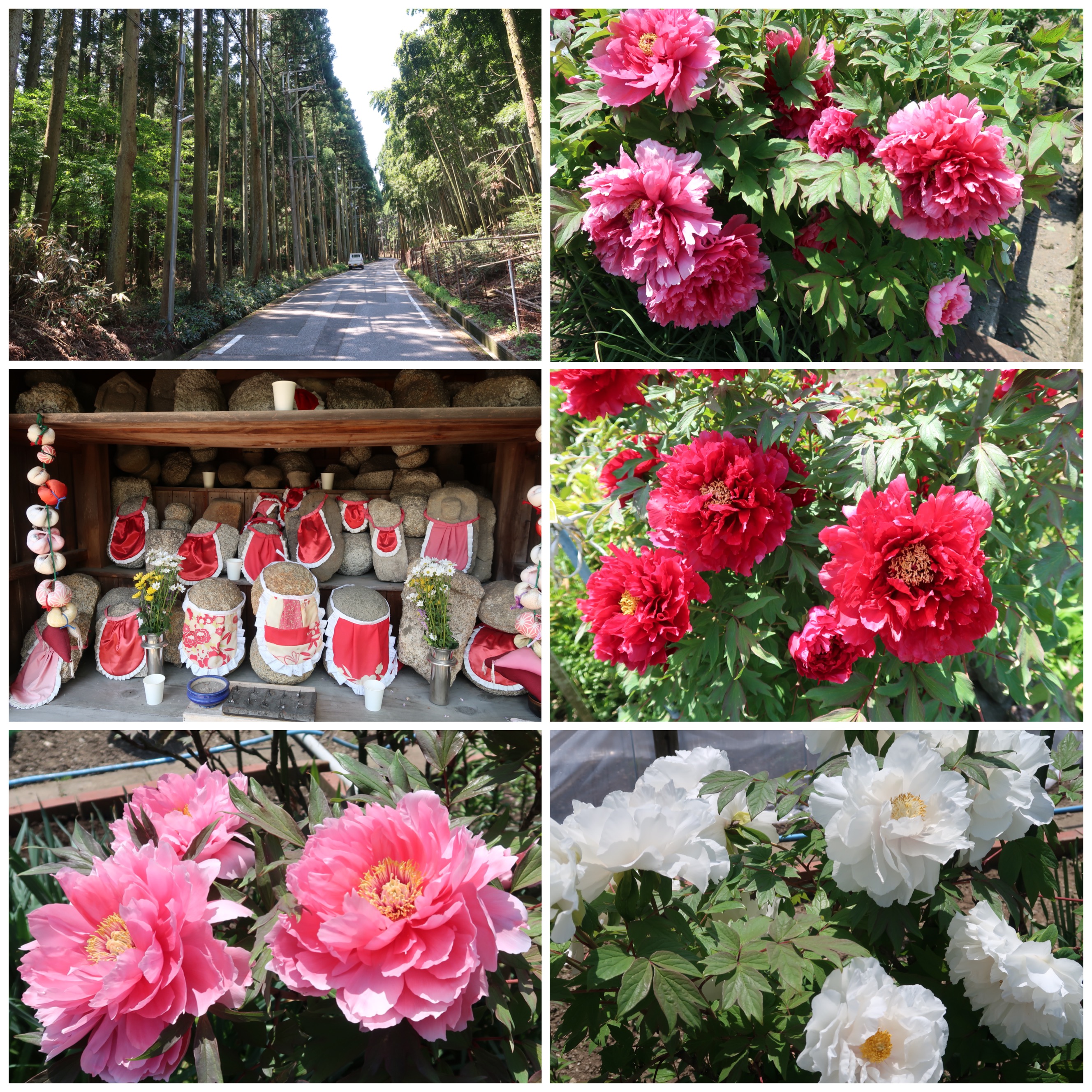
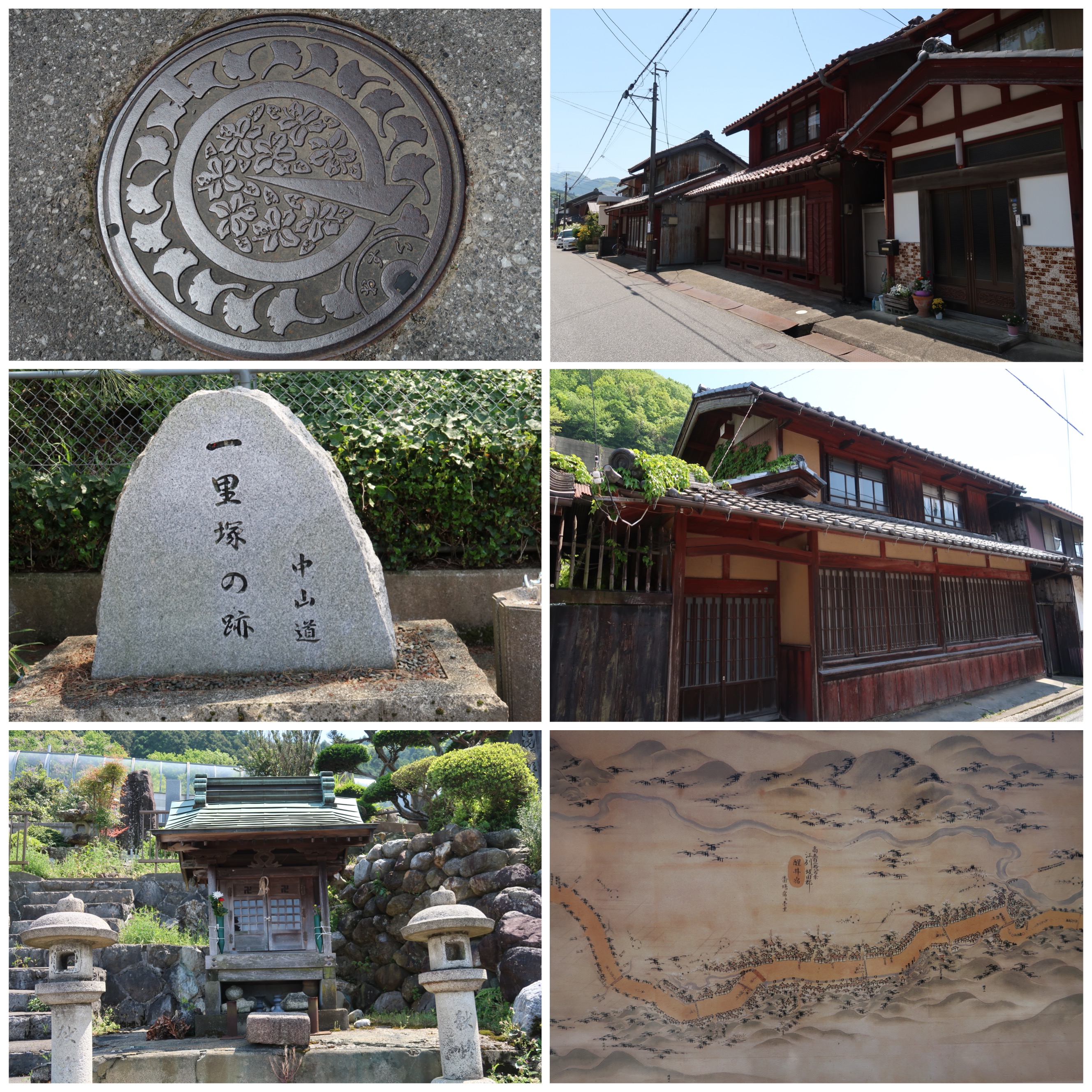
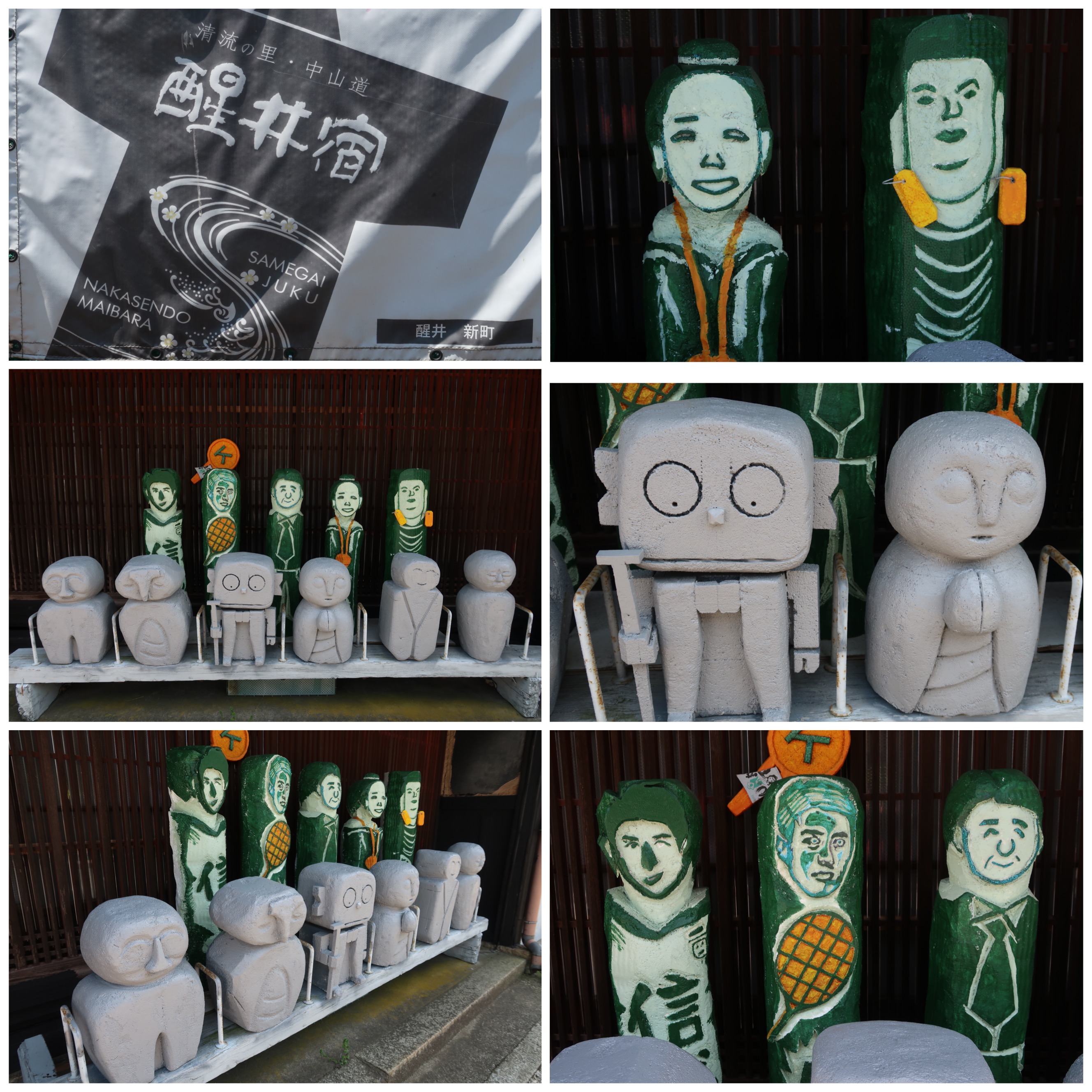
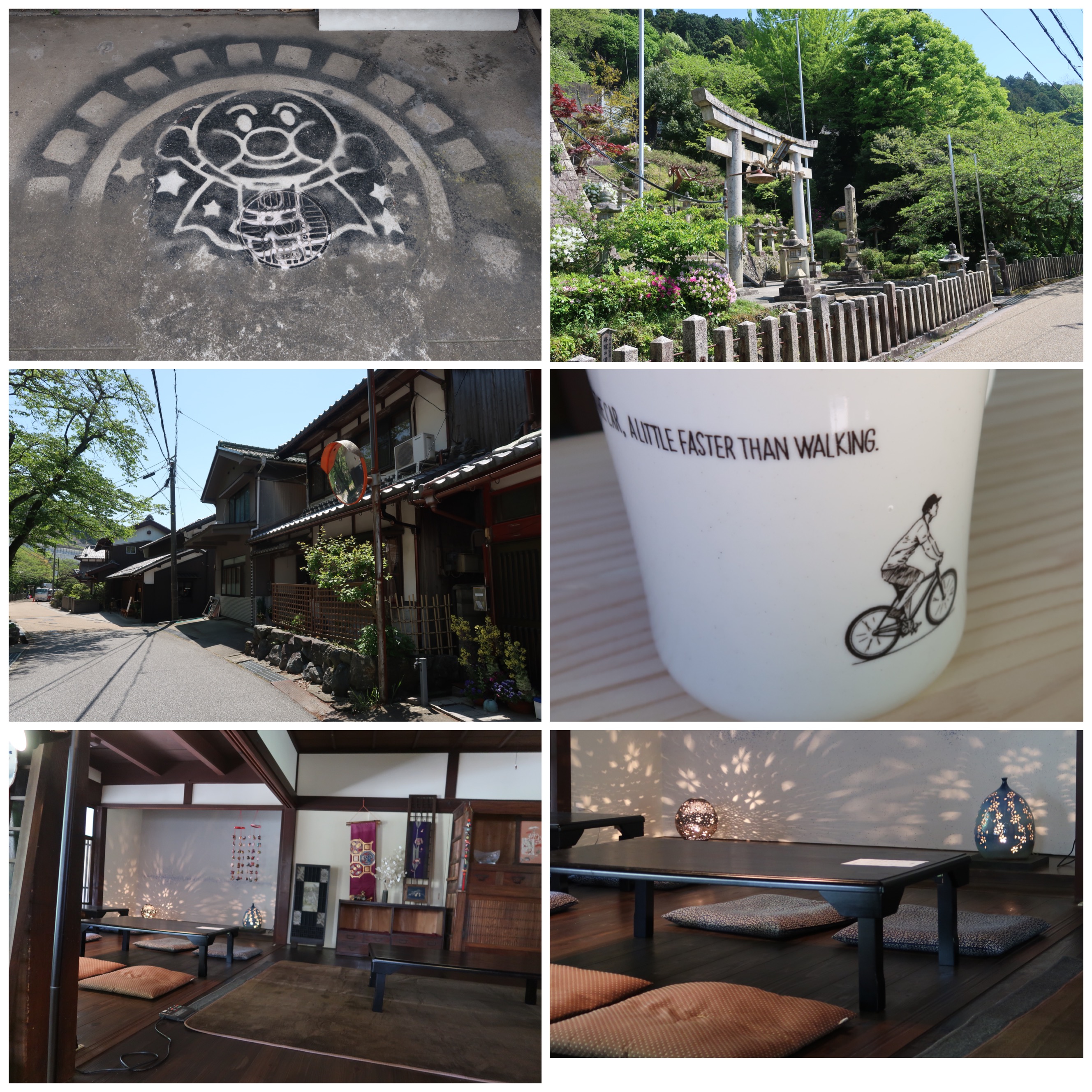
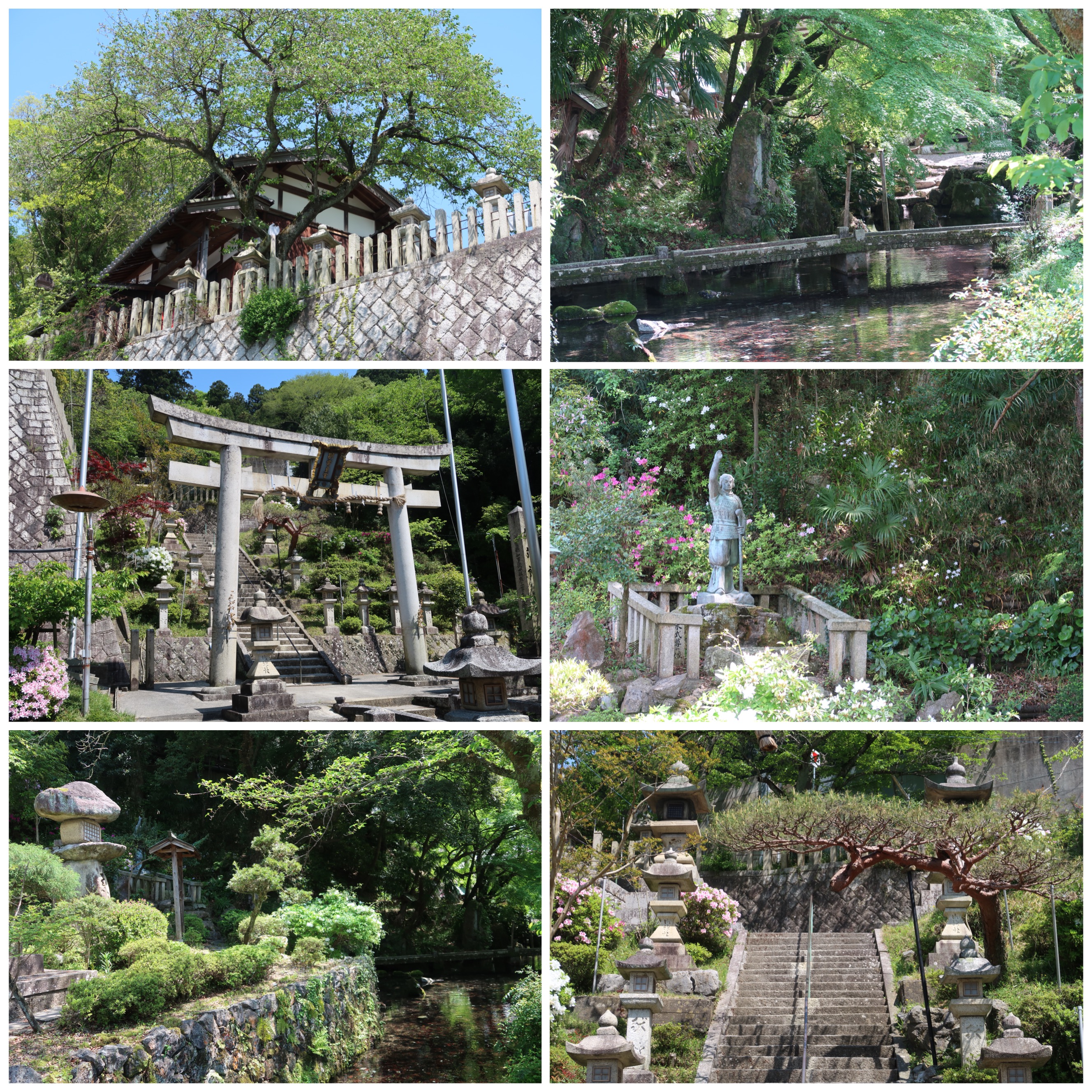
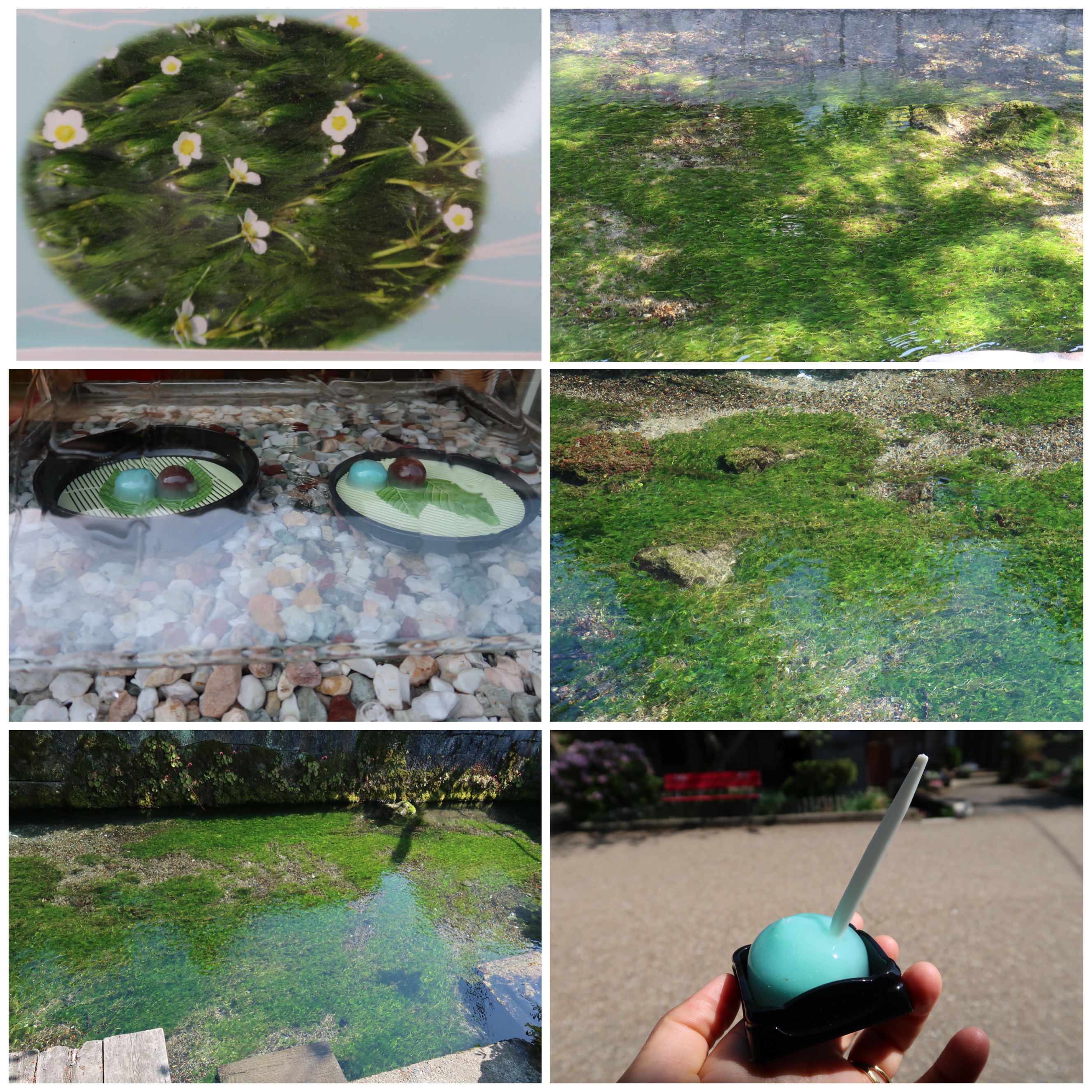
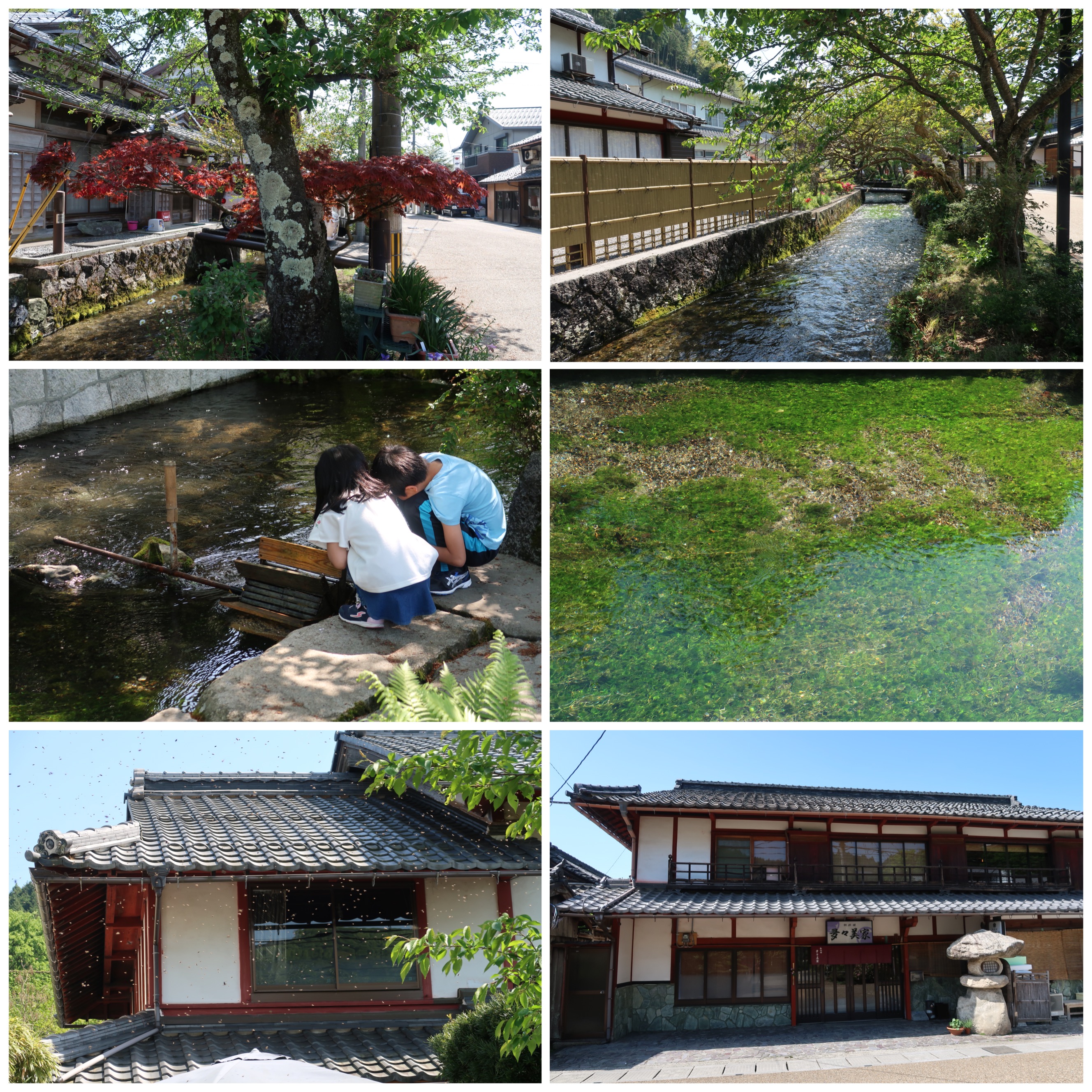
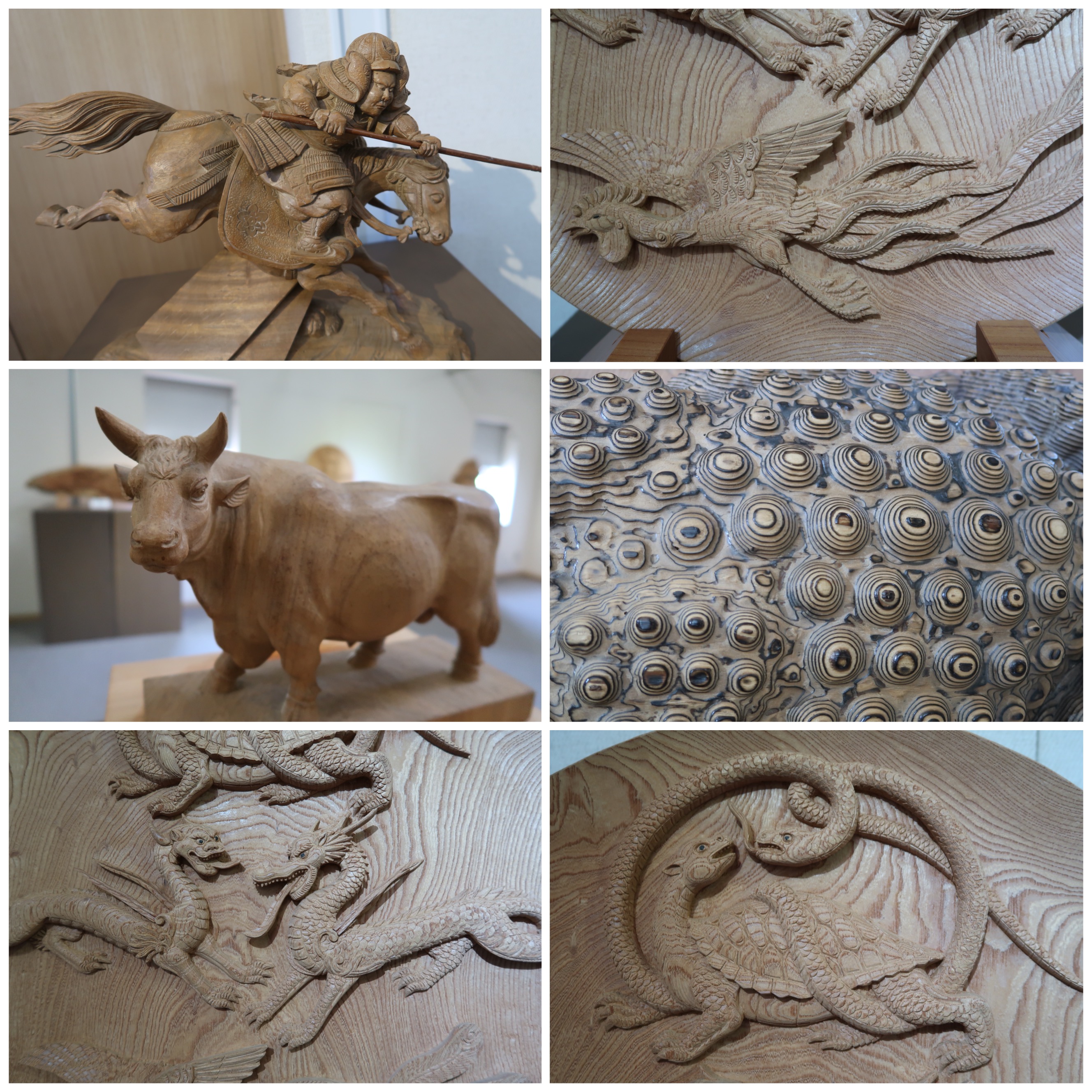
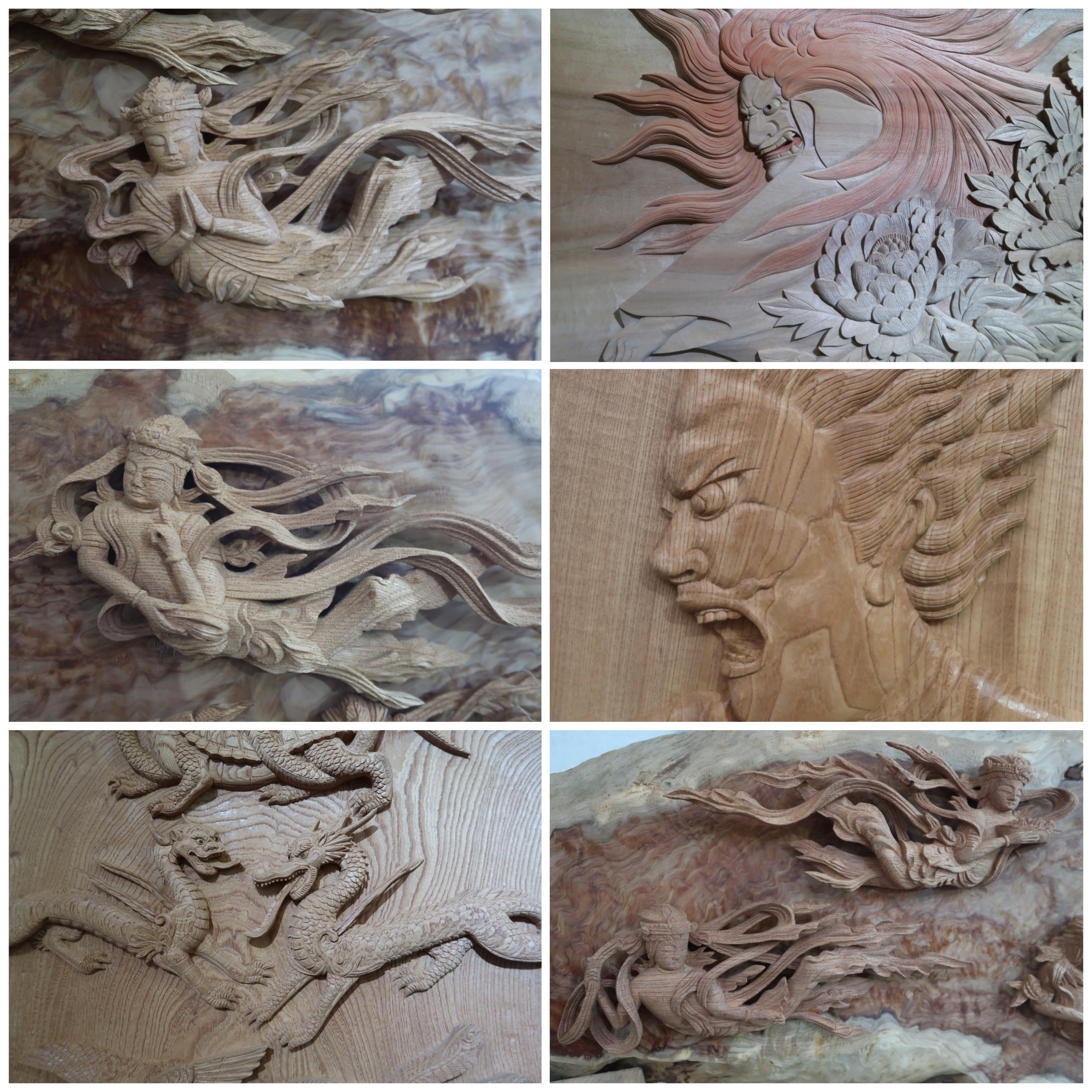
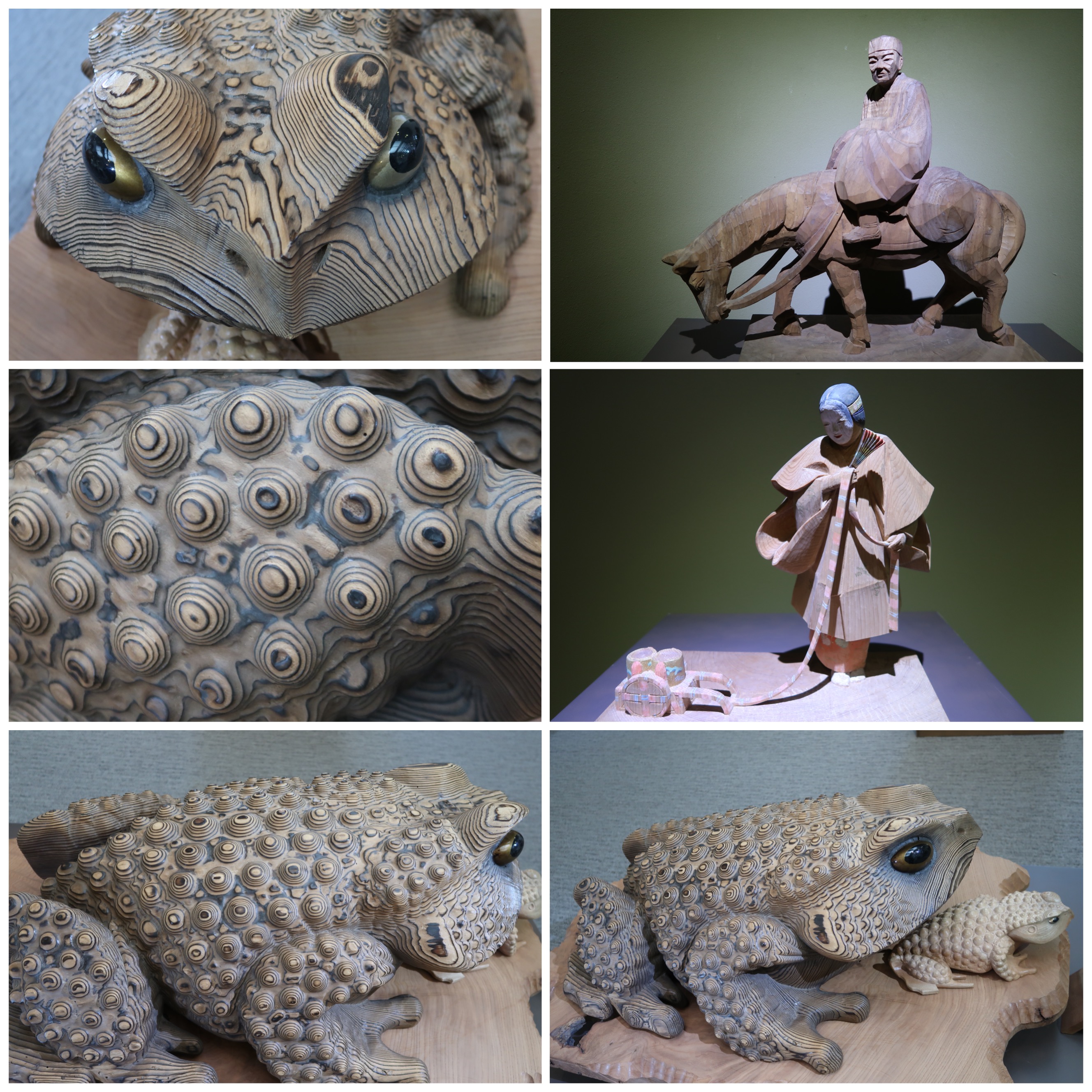
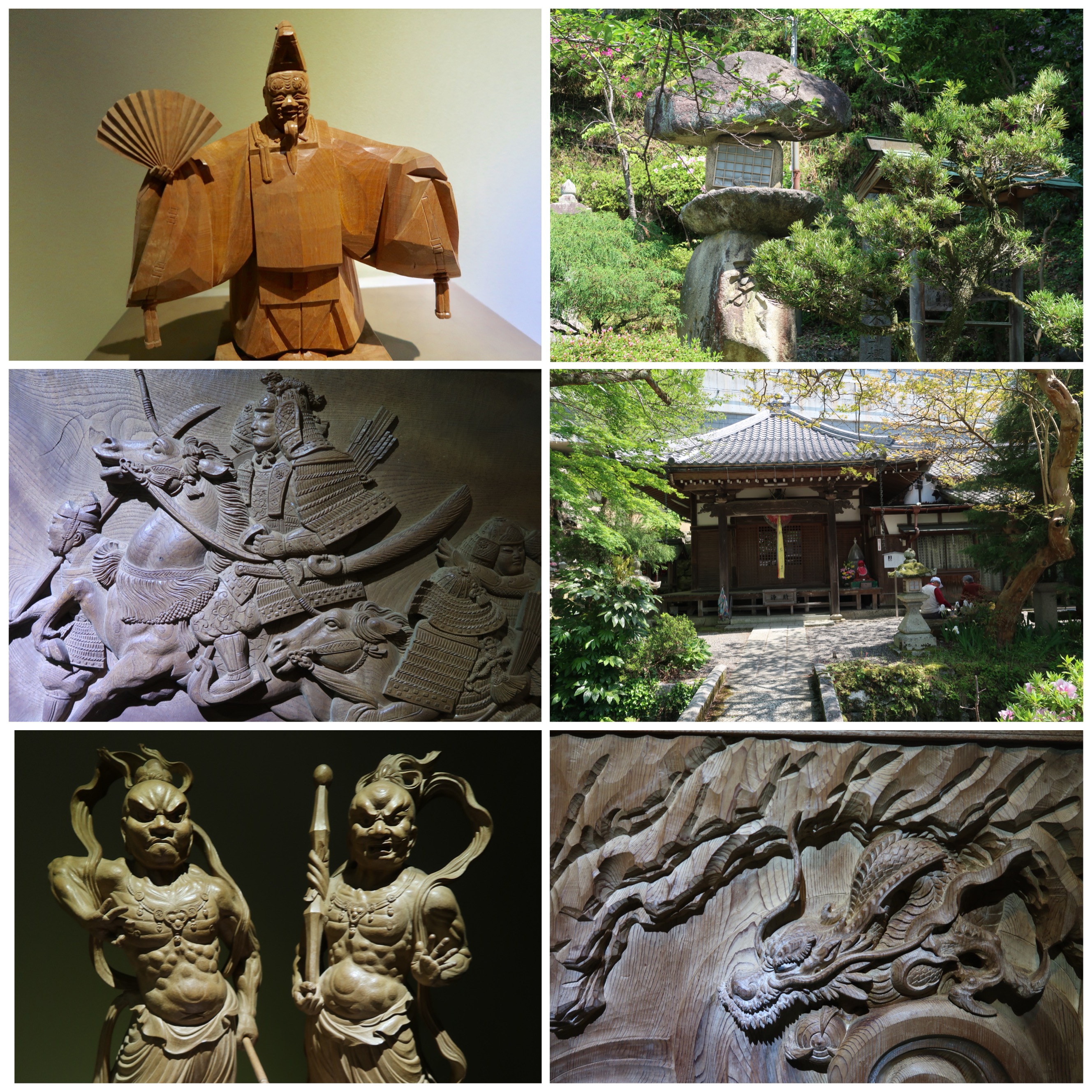
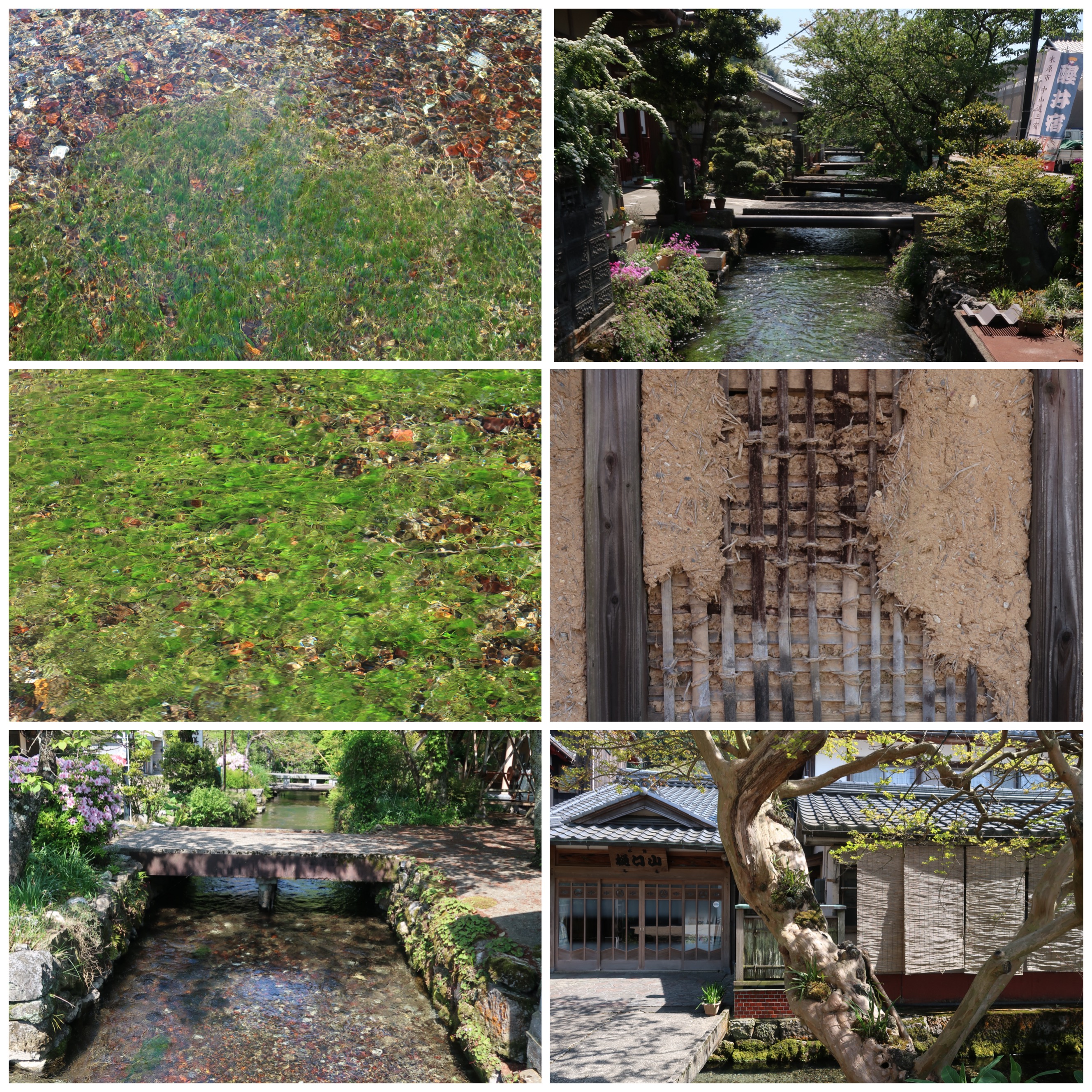
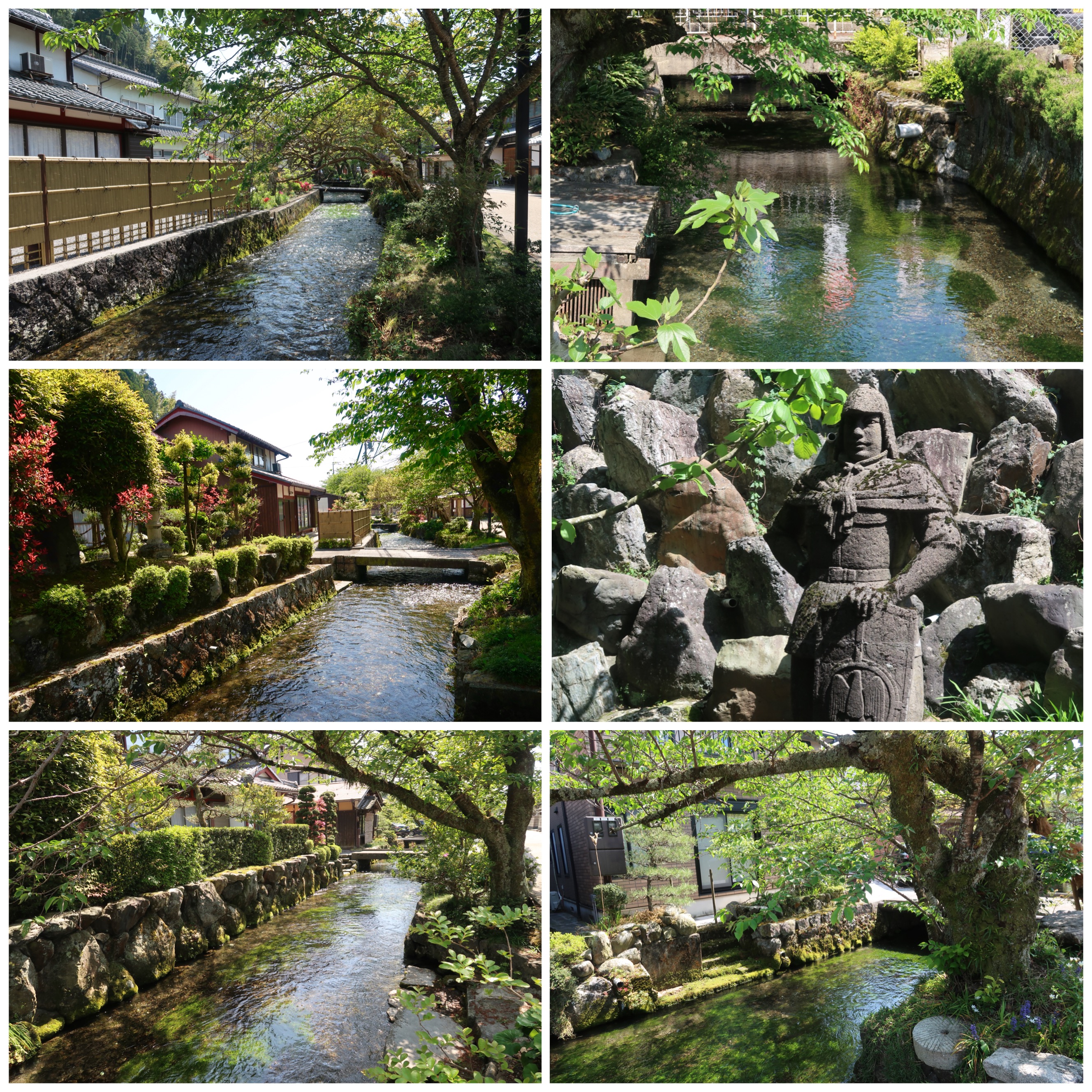
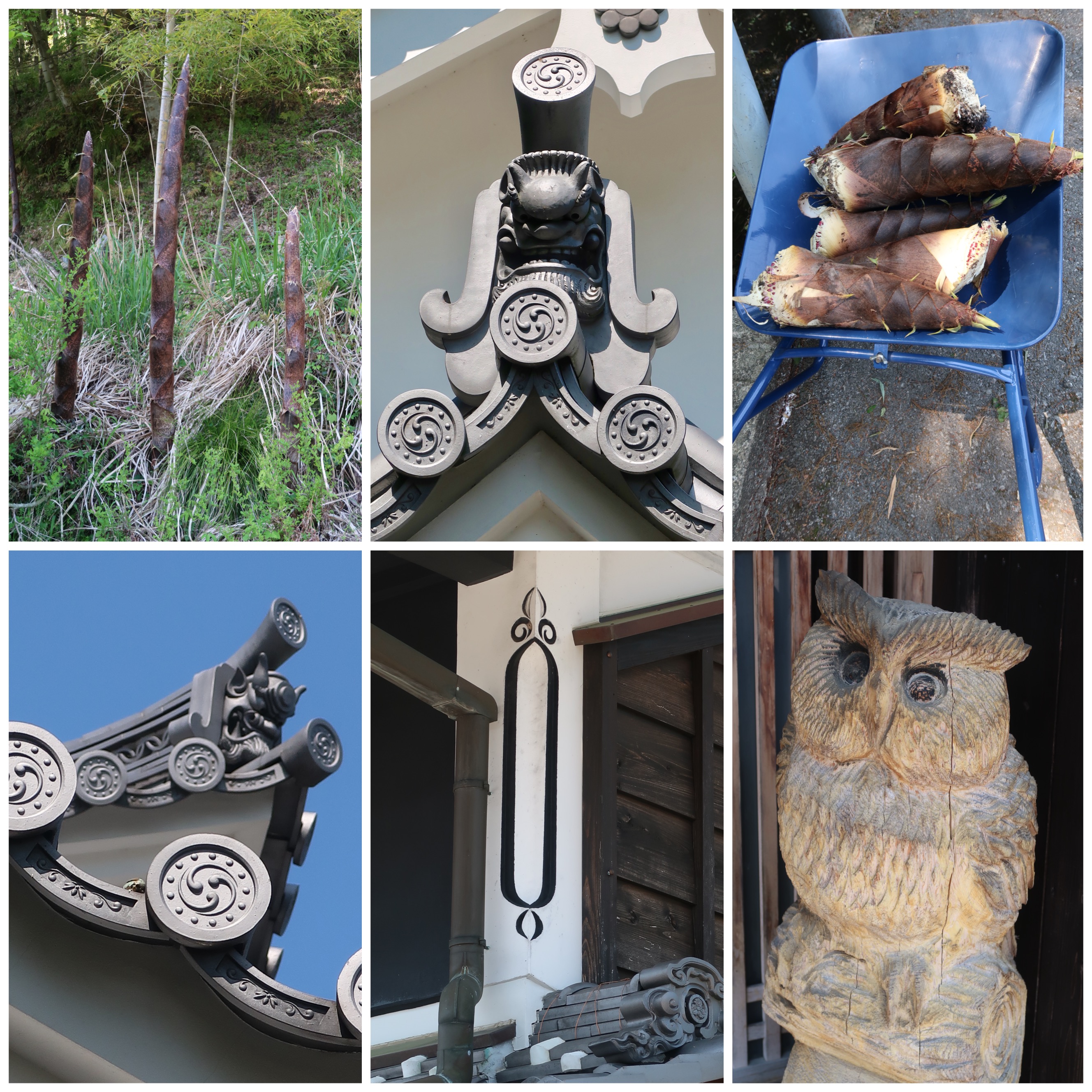
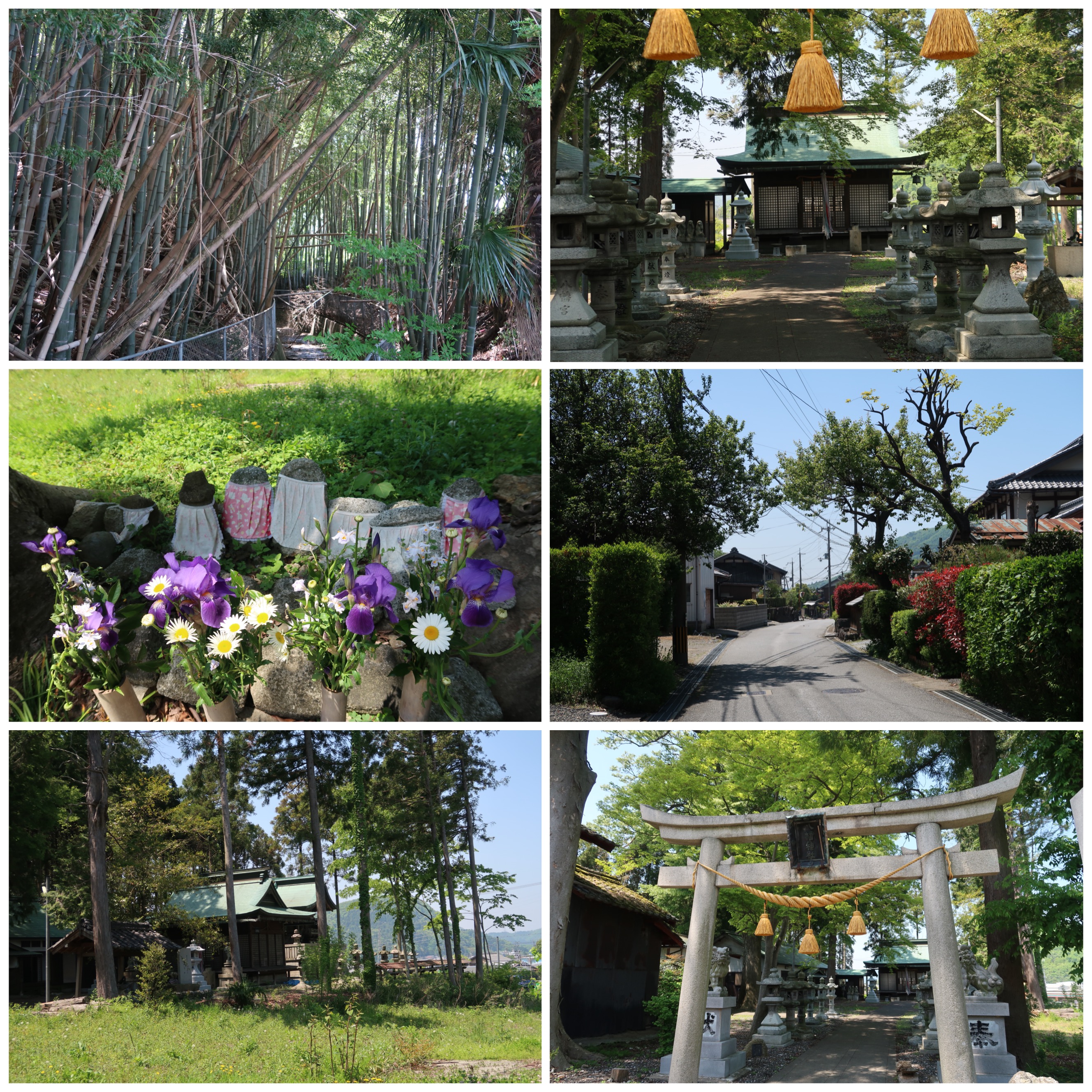
Day 28 - Walking the Nakasendō, Japan - Crossing the Mountains Towards Biwa Lake, from Kashiwabara to Samegai to Banba to Toriimoto
Today we started the day with a surprisingly good breakfast at the Apa business hotel in Ōgaki.
We had three kinds of tofu, a soft fresh tofu which we drizzled with a little soy sauce and scallions, fried tofu slices cooked with Konnyaku, and a freeze-dried tofu cooked with daikon.
Then there was Yuba, which is tofu skin created by skimming the skin off the tofu, and a selection of cooked vegetables and pickles.
Of course, there were also steamed rice and miso soup, as well as a selection of things for Western taste-buds.
I was thinking that this was a very healthy breakfast for business people.
Most business hotels in the West have rather unhealthy breakfast choices.
We checked out, left them our bags and went to see the Ōgaki Castle.
It is a beautiful castle located less than a kilometer from the train station and just two blocks away from the Main Street of town, a big difference from the mountain top location of the castle in Gifu city.
The castle is surrounded by old growth trees in a cool and shaded park.
The Main Street of Ogaki is covered with large awnings, to provide shade and protection to shoppers from the rain, but the buildings that house the businesses are shabby and rotting.
I was thinking about how sad it is that they do not have stricter building codes, requiring people to build shops along the Main Street with more Japanese aesthetics that are timeless, practical and so beautiful.
After a good look at the Castle and surrounding park, we retrieved our bags and took the train back to Kashiwabara, where we had stopped walking last night.
The sun was shining brightly, but the cool mountain air in the town made the day feel less hot.
Before we really had started walking, we stopped at a small local cafe to have coffee.
The morning coffee set included a toast, a boiled egg and coffee.
We drank our coffee in the company of charming older locals who come to meet and spend the morning in each other’s company in the cafe.
After the coffee they gave us Kombucha.
This was not what is called Kombucha in the West, which is really a mild alcoholic drink.
A real Kombucha is a Kombu (a seaweed) plus a Cha (tea).
Thus Kombucha is a hot drink made of boiling Kombu (seaweed) in water, flavored a little with sour umebushi (pickled plum).
To me, it is a delicious healthy drink, a bit salty, a bit sour and warmingly hot.
We walked out of Kashiwabara and into the mountains, but the road did not climb any mountains.
We simply walked along the Nakasendo in a valley that cut through the surrounding mountains.
The walk was pleasant.
We passed by pine and bamboo forests.
In the bamboo forests, we saw people cutting bamboo shoots.
They sell them in farmers markets, or cook them for their own use.
These bamboo shoots were not small, they were very large, the size of a very large watermelon.
During our walk along the Nakasendo, we have gotten to try many preparations of these bamboo shoots.
They were fried in tempura batter, pickled, cooked with tofu in a spicy sauce, cooked with fish, cooked with other vegetables and even cooked, ground, and put on top of rice.
In the post town of Samegai, we stopped at a small cafe in a beautifuly restored old house.
It is wonderful to see that when a restoration is done with sensitivity, the Japanese architecture really makes the place glow.
There is nothing old about these restored houses, they look timeless.
They exude a sense of spacious elegance, perfectly suited for reviving the human spirit today, just as they did hundreds of years ago.
When we ordered iced coffees, the proprietor of the cafe took a glass decanter and put it on a food scale.
He then measured exactly the amount of ice required to make the perfect cup of iced coffee.
He proceeded to weigh the coffee beans, to make sure the right amount of coffee beans is used, so the coffee will not be too weak nor too bitter.
He ground the fresh beans and placed a new filter in the drip cone.
Then he moistened the ground coffee beans and set the timer to make sure he waited the exact amount of seconds required.
He put boiling water into a sparkling stainless steel jug, and little by little he poured the hot water into the filter.
The superb iced coffee arrived on individual wooden trays.
The polite man also gave us an English map of the area of Lake Biwa and Mount Ibuki.
This area is loved by day hikers and bicyclists.
Samegai also has a wonderful wood carving museum, displaying the amazing work of a talented wood carver who lived there.
His carvings of the Buddhist angels called Devas were intricate and beautiful.
His large carvings of animals, dragons, frogs and toads work with the grain of the wood he carved in such an amazing way.
It was really an unexpected delight to see this small two level museum.
The town of Samegai is located right below a major highway, but with the clear water creek that runs though it, its beautiful bridges and the lovely houses and vegetation, it felt like a sacred place along the Nakasendo.
There is something unique growing in Samegai.
It is called “Baikamo,” and it is a water plant that looks like river grass that grows in the clear creek that runs through the center of the town.
Baikamo can only be seen in pure water creeks in Japan.
In early summer, it blooms a white flower in the water.
The Baikamo is used in ice cream and sweets.
We sat on a bench and ate a Baikamo soft serve and a delicious jelly a small shop was making.
We continued our walk to the next post town of Banba.
Almost nothing of the old Nakasendo has been left standing in this town.
There was a nice sign that the town put out, and in front of houses along the Main road, they put carved stones, memorials to the old inns and other important buildings that had not survived.
From Banba, we climbed two mountain passes and then descended into the post town of Toriimoto.
The walk in this part of the Nakasendo was beautiful with parts of the trail entering a forest, and we got very small glimpses of Lake Biwa from between the tall trees.
The town of Toriimoto has very few old buildings left, but there is a corner with an old and very beautiful house still standing.
It was nearly sunset when we arrived at Toriimoto.
We had booked a hotel in Hikone on the shores of Lake Biwa.
We took the small train in the small station at Toriimoto to Hikone station.
We decided to have a cup of hot tea at the Starbucks, before heading to the hotel for the night.
The taxi went around Hikone Castle, and we got to see how large the double moat of the castle is, and how expansive are the castle garden and grounds.
We plan to visit the castle tomorrow, before resuming our walk.
We did well today.
It wasn’t a very long day of walking, since we started fairly late, but we still walked for 21 Kilometers, visited the castle in Ogaki, took our time along the way to enjoy the towns we passed through, visited a great little museum and really enjoyed this day of our pilgrimage.
With a heart full of blessings and light,
Tali and Jules
Day 28 - Stats:
Total walking time 8.5 hours
Active walking time 5.25 hours
Total steps: 28,830 steps
Daily Kilometers: 21 Kilometers
Total Kilometers walked up to date: 627.5 Kilometers
Accommodation: Hikone View Hotel on the shores of Lake Biwa in Hikone.
A simple hotel with breakfast.
Only booked this hotel because everything was full on that weekend.
Not a great choice.
Total elevation climbed 1,426 meters
Total descent 1,530 meters
Maximum Altitude reached 192 meters
Stations Visited In Shiga Prefecture
60. Kashiwabara-juku (Maibara)
61. Samegai-juku (Maibara)
62. Banba-juku (Maibara)
63. Toriimoto-juku (Hikone)
A little about the Stations Visited:
Kashiwabara-juku, station #60
Records of Kashiwabara-juku itself date back to the Middle Ages when it was mentioned in the Taiheiki, a historical epic of Japan.
The Kashiwabara-juku established by Tokugawa in the 17th century was approximately 1.5 km (0.9 mi) from east to west, making it one of the larger post stations along the Nakasendō.
Different sources place the number of lodging as either 344 or 457, though either number would be large when compared to other post stations.
One-fifth of the structures in the Kashiwabara-juku area were built in the either the Edo or Meiji periods.
Nowadays, it is known for its mugwort, which is the local specialty.
At one point, there were over ten shops that specialized in mugwort products.
Samegai-juku, Station #61, served as an important transportation hub for many centuries and its existence was documented in the Nihon Shoki, which was completed in 720.
Many travelers enjoyed its fresh and clear waters from the nearby river and thought of Samegai as a proper resting place.
There are still ten buildings remaining from the Edo period today, giving visitors an idea of how the town looked hundreds of years ago.
A dynamic and exciting town to visit, with cafes, ample signage, and an excellent wood sculpture museum.
The Jizo river flows through Samegai, and is the home of the rare Baikamo flower that grows only in very pure water -the top 100 clearest waterways in Japan.
Banba-juku, station #62, in 1843, had once 808 residents and 178 buildings.
Among the buildings, there was one honjin, one sub-honjin, and ten lodgings. Today there is very little that remains, although the existing houses are attractive.
Toriimoto-juku, Station #63, was able to flourish as a post town with its one honjin and two secondary honjin because it was part of other pathways,
Now, there are attractive private buildings, but not much of interest is open to the public.